- Create new account
- Reset your password
Register and get FREE resources and activities
Ready to unlock all our resources?

Life in the Victorian era
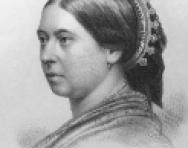
What was life like in Victorian times?
Living in the Victorian era was exciting because of all the new inventions and pace of change and progress, but it was a hard time to live in if you didn’t have much money. Even very young children had to work if their family needed them to.
However, life had improved a lot for people by the end of the Victorian era. Laws were put in place that made working conditions a bit better in factories and mines, and that stopped young children from working by requiring them to go to school instead. More people were living in cities, but hygiene and sanitation was more important thanks to people like Florence Nightingale . Plus, the Victorians started the Christmas traditions like sending cards and decorating trees that we know and enjoy today!
Top 10 facts
- The inventions of machines in factories replaced jobs that people used to do, but people were needed to look after the machines and keep the factories clean.
- Factories were built in cities, so people ended up moving to the cities to get jobs. Half the population in Britain lived in cities by the end of the Victorian era.
- Cities became crowded, busy and dirty, but discoveries about hygiene and sanitation meant that diseases like cholera were easier to prevent.
- People in the Victorian era started to use electricity for the first time , and to listen to music by playing records on the gramophone.
- Steam trains made travel a lot easier, and rich people started to go on holidays to the seaside in places like Blackpool and Brighton.
- There was a big difference between rich and poor in Victorian times . Rich people could afford lots of treats like holidays, fancy clothes, and even telephones when they were invented.
- Poor people – even children – had to work hard in factories, mines or workhouses. They didn’t get paid very much money.
- By the end of the Victorian era, all children could go to school for free. Victorian schools were very strict – your teacher might even beat you if you didn’t obey the rules.
- The way we celebrate Christmas was begun in Victorian times – they sent the first Christmas cards and made Christmas crackers.
- Charles Dickens was a famous Victorian author who wrote A Christmas Carol , Oliver Twist and other famous novels.
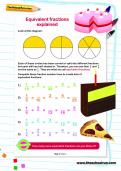
Boost Your Child's Maths & English Skills!
- Get a tailored learning plan for your child
- Targeted resources added each week
- Keep your child's learning on track
Did you know?
- At the beginning of the Victorian era in 1837, most people would have used candles and oil or gas lamps to light their homes and streets. By the end of the Victorian era in 1901, electricity was available and rich people could get it in their homes.
- Poor people could work in mines, in mills and factories, or in workhouses . Whole families would sometimes have to work so they’d all have enough money to buy food.
- Children in poor families would have jobs that were best done by people who weren’t very tall. They would have to crawl in small spaces in mines, or underneath machines in textile mills. It was very dangerous!
- Rich people didn’t have dangerous jobs like these. In fact, some didn’t even have to work! They could afford to buy the new inventions coming out like the telephone, the gramophone (for playing music) and electric light bulbs.
- Rich Victorians were the first to go on seaside holidays – some of the places they’d go are spots where we go on holiday too, like Blackpool, Brighton and Southend.
- Victorian children loved it when their mum and dad let them see a magic lantern show. This was a slideshow of pictures that told a story – the machine that showed the pictures was called a magic lantern.
- Almost all families in Victorian times – except for the very poor ones – would pay people to be servants who would do their household chores for them. This included cooking, cleaning, washing and even serving dinner. Women who were servants were called maids, and men were called footmen. The head servant would be a man called a butler.
- There was a rule for everything in Victorian times – even about the sorts of clothes you’d wear in the morning or evening, and when in the city or in the country!
- All men wore hats in Victorian times (rich men wore top hats, poor men wore caps). When a man wanted to say hello to a lady, it was good manners to tip the brim of their hat down, then push their hat back onto their head.
- It was bad manners if a man spoke to a woman he didn’t know without someone else introducing them first.
- Children always had to say ‘hello’ and ‘goodbye’ to their family members every time the child came in or went out of a room. Try doing that for a day in your home!
- Children were not allowed to shout, complain, interrupt or disagree with anyone . They had to do as they were told, and be cheerful and quiet all the time.
Victorian gallery
- A railway poster advertising Brighton and Volk’s Electric Railway
- Women in a Victorian workhouse
- Clothes that a wealthy Victorian man would have worn
- Victorian dresses with bustles (Credit: Lovelorn Poets via flickr)
- A Victorian hoop skirt
- How children dressed in the Victorian era
- A Victorian magic lantern
- An early Christmas card
- A Victorian living room
- A Victorian kitchen
- A Victorian-style pushchair
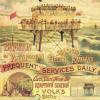
Victorian inventions like the steam engine and innovations like steel-making led to machines being made that could produce lots of the same thing at once. Factories were filled with machines like these. While it used to be that one person would be a weaver and make cloth, machines could now do that job instead and make cloth that didn’t cost as much.
So, what did people do if machines did all the work? Well, the machines needed looking after, and factory owners wanted people who could do that as well as take care of other little jobs around the factory. Since factories were usually built in large towns and cities, and people needed new jobs, most people moved to where the factories were. By the end of the Victorian era, half of the people living in Britain lived in cities.
This meant that cities were crowded and dirty . If you were poor and couldn’t afford to live in a very nice place, it was easy to get sick. There was a large outbreak of cholera in London in 1853-1854 that killed 11,000 people. Most people thought that the disease was coming from areas that just smelled nasty and got passed around through scents in the air, but Dr. John Snow worked out that the disease was actually spreading because of a cesspit that was leaking into a water pump where people drank from. By the end of the Victorian era, London had a better sewage system and sanitation was a bigger concern – plus, people knew more about how diseases are passed from one person to another.
Other famous Victorians who believed that proper hygiene and sanitation were needed to be healthy were Florence Nightingale and Dr. Joseph Lister. Dr. Lister was a surgeon who discovered that cleaning wounds and surgical instruments prevented infections.
Jobs that people had in Victorian times included usual ones like lawyers, doctors, teachers and vicars, but there were other jobs too:
- Engineers were needed to build bridges, buildings and machines
- Miners to get coal, iron and tin
- Mill workers to keep machines running and produce textiles
- Farm workers to tend and harvest crops
- Railway porters to sort out passengers’ luggage
- Navvies who broke ground for railway tracks to be laid down
- Nightmen to clear out the sewers in crowded cities
- Maids, butlers, cooks and other servants in the home
Steam engines needed coal to run them, so mining coal was very important . Working in coal mines was hard, and sometimes entire families would do it just to earn enough money. There were also mines for iron and tin in different parts of Britain.
Only poor people would work in factories and mines, and both were pretty unhealthy places to be. The air would be thick with dust from the mines or from the cotton being spun for cloth, and working hours were long.
If someone didn’t have a home (or money to afford a place to live), they could go to a workhouse , which was a place that provided food and beds in exchange for doing work. While this sounds pretty handy, it wasn’t very nice. Men, women and children all had to live separately, so families couldn’t stay together. The food wasn’t very good, and children weren’t taught how to read and write. Everyone had to wear the same uniform, and breaking any rules would mean strict punishment.
If you were rich, then life was completely different! Rich Victorians lived in large houses that were well heated and clean. Children got a good education either by going away to school or having a governess who taught them at home (this is usually how girls were educated).
Wealthy people could also afford to buy beautiful clothes. All women in Victorian times wore dresses with long skirts, but rich women could get the latest fashions that needed special underclothes to wear properly. They wore dresses that needed hoop skirts underneath to make the dresses spread out in a dome shape around their legs. Or, they wore skirts that lay mostly flat but that poofed out a bit around their bottom – this was called a bustle.
All men, whether rich or poor, wore waistcoats. Rich men also wore top hats and carried walking sticks.
Names to know:
Florence Nightingale (1820-1910) – Florence was the founder of modern nursing; she knew it was important to keep hospitals clean and well-run. Charles Dickens (1812-1870) – a famous Victorian author who wrote A Christmas Carol , and many other books about life in Victorian times Robert Louis Stevenson (1850-1894) – a Victorian author from Scotland who wrote the famous children’s stories Treasure Island and Kidnapped . Alfred Tennyson (1809-1892) – a popular Victorian poet; one of his poems was ‘Charge of the Light Brigade’, which was about the Crimean War. Thomas Barnardo (1845-1905) – founded children’s charity Barnardo’s in 1870 as a home for children who were orphaned or didn’t have a place to live, which meant they didn’t have to go to a workhouse Mrs Isabella Beeton (1836-1865) – an author who wrote a famous book about cooking and housekeeping that many people in Victorian times used Charles Darwin (1809-1882) – a Victorian naturalist who wrote On the Origin of Species and came up with the theory of natural selection, which led to scientific research into evolution . Joseph Lister (1827-1912) – Lister was a surgeon who introduced the idea of keeping surgical instruments free from germs, and disinfecting wounds.
Related Videos
Just for fun...
- Take a quiz about Victorian life
- See a map of the British Empire in Victorian times
- Explore a Victorian painting
- What can you learn about life in Victorian times from looking at the census ?
- Organise a Victorian Experience Day in your own school!
- Can you spot what differences there were between homes for rich people and homes for poor people ?
- Find out about Washday Monday and domestic life in a 19th century weaver's cottage
- How to make Victorian Christmas crackers and Victorian Christmas tree ornaments.
- Try your hand at Victorian cookery with recipes like beef stew with dumplings (Hodge Podge), roast goose and apple batter pudding
- Learn to play some Victorian parlour games
- Read some Victorian poetry like The Owl and the Pussy Cat by Edward Lear or The Charge of the Light Brigade by Alfred, Lord Tennyson
- Sing 'Hurrah, the Nineteenth Century' , a KS1 learning song
Best books about Victorians for children
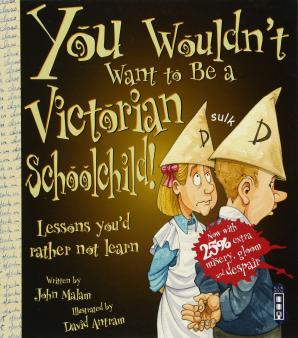
Find out more about Victorian life:
- Watch a kids' video about Victorian life: BBC History: Day In The Life Victorians
- Details of the household staff at Shibden Hall , including the butler, the housemaid and the under-housemaid
- Watch BBC Bitesize videos about life in Victorian Scotland: school in Victorian Scotland , home life in Victorian Scotland , work in Victorian Scotland and holidays and leisure in Victorian Scotland
- Make your own Victorian Christmas
- See Victorian toys like zoetropes, tiddlywinks and samplers
- Listen to short audio dramas about the lives of children in Victorian times on BBC Schools Radio
- Information about lots of different aspects of Victorian life: health , entertainment , crime and punishment and transport and travel
- Find out about Victorian buildings and houses in an architecture podcast from FunKids
- Children's information about Victorian schooling , Victorian fashion , Victorian workers and Victorian families
- Read facts about health and food in Victorian times
- Immerse yourself in fiction books set in Victorian times
- Discover life in a Victorian weaver's cottage the interactive way: listen to and watch the looms and imagine living without heating or electricity
- Find out about 7 innovations which changed Victorian England , including central heating
- Find out about how children worked in Victorian mines and Victorian cotton mills
- Information about Victorian homes : workers' housing and upper class houses
- See a photograph of a Victorian swimming costume
- The life of Michael Marks , entrepreneur and founder of M&S!
- See logbooks from a Victorian school , digitised by Year 5 and Year 6 children
See for yourself
Explore lots of places with Victorian history
See life as it was more than 100 years ago at Blists Hill Victorian Town
Learn about coal mining in Victorian times at the National Coal Mining Museum for England
Visit Tyntesfield , a Victorian stately home in Somerset
See writer Thomas Carlyle’s house in Chelsea, decorated as it would have been in Victorian times
Explore a Victorian workhouse , and learn about the people who would have lived and worked there
Visit the Victoria and Albert Museum in London to see clothes that upper class Victorians would have worn
Take a tour of the Charles Dickens museum , which is in a house where the famous author used to live
Embark on a virtual tour of the Crystal Palace, site of the Great Exhibition of 1851 organised by Prince Albert , to see its beautiful and innovative design and discover amazing facts about the exhibition it housed
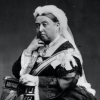
Give your child a headstart
- FREE articles & expert information
- FREE resources & activities
- FREE homework help
- International
- Schools directory
- Resources Jobs Schools directory News Search
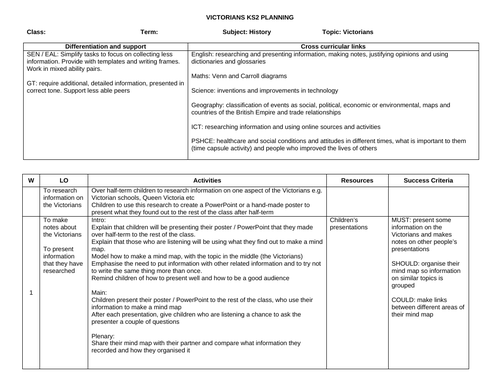
Victorians KS2 Planning and Resources
Subject: History
Age range: 7-11
Resource type: Unit of work
Last updated
27 August 2022
- Share through email
- Share through twitter
- Share through linkedin
- Share through facebook
- Share through pinterest

Victorians KS2 planning and resources. Each lesson plan has every resource needed to teach it:
Lesson 1 - Victorian homework project and presentation. Lesson 2 - Victorian changes - social, political. Lesson 3 - Diamond nine on Victorian inventions and social changes. Lesson 4a - Thomas Barnardo. Lesson 4b - Schools in Victorian times and in modern Britain. Lesson 5 - Compare technology in Victorian Britain and modern Britain. Lesson 6 - Victorian slang. Lesson 7 - Victorian terminology.
There is a PDF of all of the files and an editable version of each file.
The unit is designed to be used with Year 5 or 6.
You can find more History lesson plans, worksheets and other teaching resources on the Save Teachers’ Sundays website.
Note: This unit was updated on 27th August 2022. Please download the most recent version of it if you bought it before this date.
Tes paid licence How can I reuse this?
Your rating is required to reflect your happiness.
It's good to leave some feedback.
Something went wrong, please try again later.
This resource hasn't been reviewed yet
To ensure quality for our reviews, only customers who have purchased this resource can review it
Report this resource to let us know if it violates our terms and conditions. Our customer service team will review your report and will be in touch.
Not quite what you were looking for? Search by keyword to find the right resource:
Website header
Account actions.
Log in or Register
- Over 10,000 quality resources
- Join today from £1.25 a month
Victorians resources for KS1 and KS2
The victorians.
Scholastic Resource Bank contains lots of resources themed around Victorian Britain, including lesson plan ideas, posters, interactive whiteboard resources and activity sheets for KS1 and KS2 .
KS1 resources
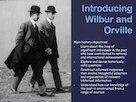
Key stage 1, Key stage 2
Primary members only
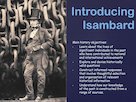
Key stage 1
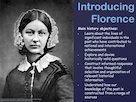
KS2 resources

Key stage 2
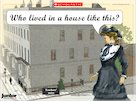

- DIGITAL MAGAZINE
MOST POPULAR
The Victorian Era Primary Resource
Learn all about this period of amazing inventions and discoveries.
This history primary resource explores Britain’s Victorian period in a fun, colourful comic. Join max the mouse on his time-travelling journey to discover the significant events that occurred during this exciting period in British history. When was the Victorian era? How did the British empire expand during Queen Victoria’s reign? What were the ground-breaking inventions of the Victorian era?
Pupils will learn about the key social, political and cultural changes that occurred during Britain’s Victorian period in this National Geographic Kids history primary resource.
The teaching resource can be used in study group tasks for discussion about the Victorian era and 19th century Britain, It could be used as a printed handout for each pupil to read themselves, or for display on the interactive whiteboard, as part of a whole class reading exercise.
Activity : In the same way that Queen Victoria dedicated monuments to her husband Albert, ask pupils to design a monument dedicated to someone they love or feel inspired by. They could also design their own postage stamp/s, inspired by their favourite people, places and things. Once finished, get the children to present their work to the class, or write a short description explaining their designs.
N.B. The following information for mapping the resource documents to the school curriculum is specifically tailored to the English National Curriculum and Scottish Curriculum for Excellence . We are currently working to bring specifically tailored curriculum resource links for our other territories; including South Africa , Australia and New Zealand . If you have any queries about our upcoming curriculum resource links, please email: [email protected]
This History primary resource assists with teaching the following History objectives from the National Curriculum :
- Know and understand the history of these islands as a coherent, chronological narrative, from the earliest times to the present day: how people’s lives have shaped this nation and how Britain has influenced and been influenced by the wider world.
- Gain historical perspective by placing their growing knowledge into different contexts, understanding the connections between local, regional, national and international history; between cultural, economic, military, political, religious and social history; and between short- and long-term timescales.
National Curriculum Key Stage 1 History objective:
- Pupils should be taught: significant historical events, people and places in their own locality
- Pupils should be taught: the lives of significant individuals in the past who have contributed to national and international achievements. Some should be used to compare aspects of life in different periods [for example, Elizabeth I and Queen Victoria, Christopher Columbus and Neil Armstrong]
National Curriculum Key Stage 2 History objective:
- Pupils should be taught a study of an aspect or theme in British history that extends pupils’ chronological knowledge beyond 1066
This History primary resource assists with teaching the following Social Studies Second level objective from the Scottish Curriculum for Excellence :
- I can discuss why people and events from a particular time in the past were important, placing them within a historical sequence
- I can compare and contrast a society in the past with my own and contribute to a discussion of the similarities and differences
Download primary resource
Leave a comment.
Your comment will be checked and approved shortly.
WELL DONE, YOUR COMMENT HAS BEEN ADDED!
Customize your avatar.
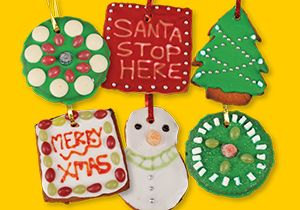
How to make Christmas tree biscuits
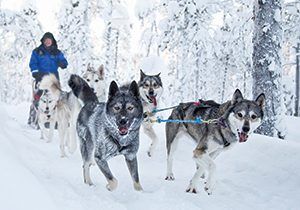
Win an Arctic holiday with LEGO® City!

Dedicate a tree to Dad with the Woodland Trust!

France facts

Sign up to our newsletter
Get uplifting news, exclusive offers, inspiring stories and activities to help you and your family explore and learn delivered straight to your inbox.
You will receive our UK newsletter. Change region
WHERE DO YOU LIVE?
COUNTRY * Australia Ireland New Zealand United Kingdom Other
By entering your email address you agree to our Terms of Use and Privacy Policy and will receive emails from us about news, offers, activities and partner offers.
You're all signed up! Back to subscription site
Type whatever you want to search
More Results

You’re leaving natgeokids.com to visit another website!
Ask a parent or guardian to check it out first and remember to stay safe online.

You're leaving our kids' pages to visit a page for grown-ups!
Be sure to check if your parent or guardian is okay with this first.

Victorian Britain History Lessons, Worksheets & Resources
Browse our online library of victorian britain lessons and resources. aimed at students 11-14 years old (ks3) & 14-16 year old (gcse). great for home study or to use within the classroom environment., featured resources.
Looking to save time and find the most popular and useful resources on School History? Take a look at the featured resources below.
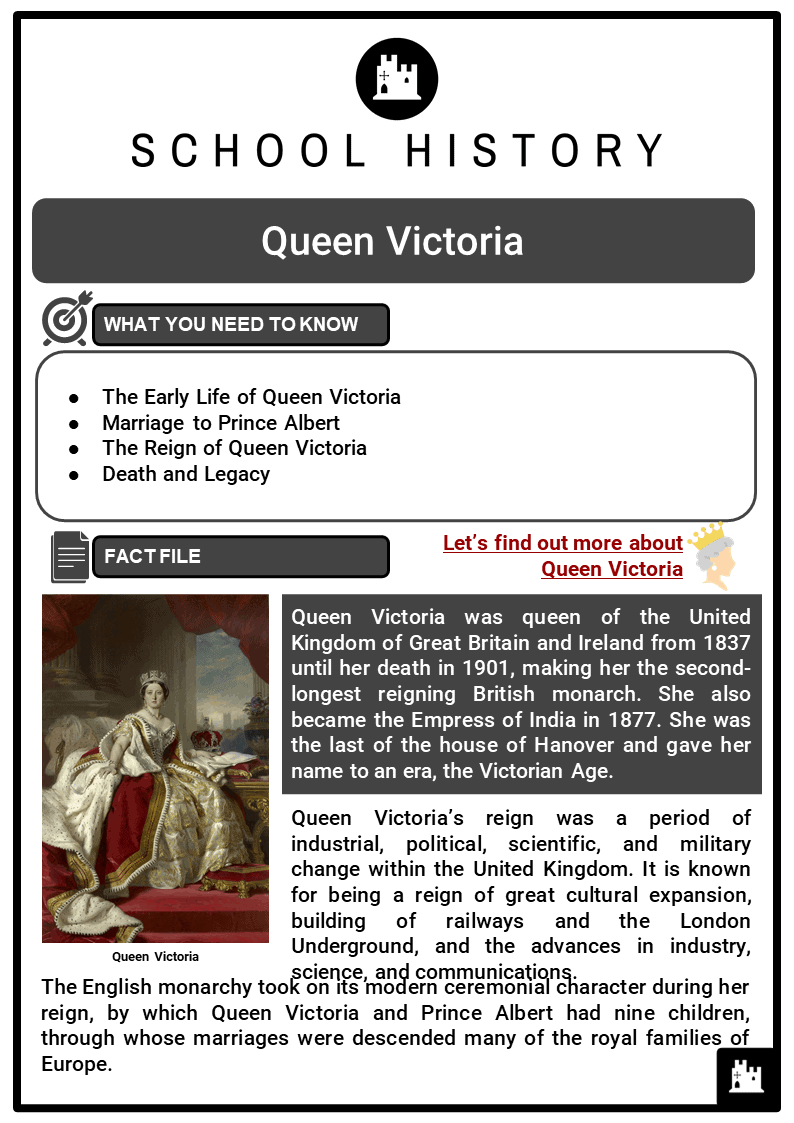
KS3, GCSE & A-Level Resources
Are you teaching students aged 11 to 16? If so, you can save a lot of time with our specific Victorian Britain modules below.
All Resources
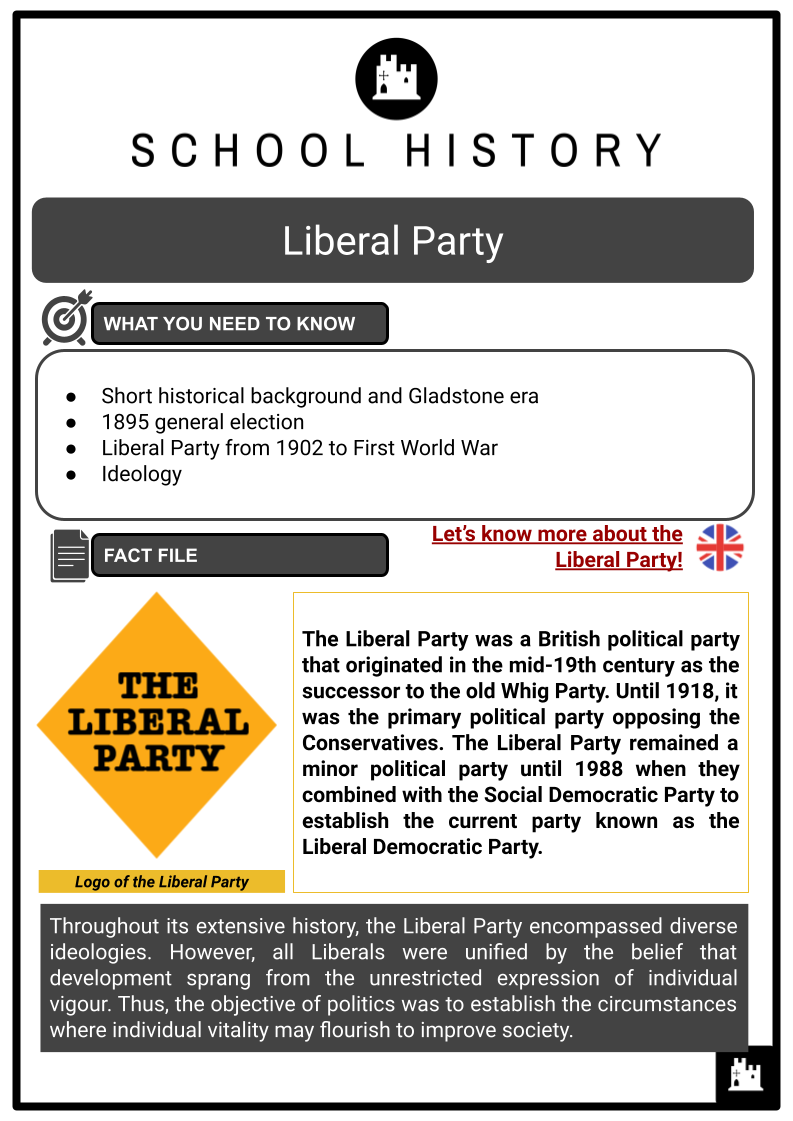
Liberal Party Facts & Worksheets
View →
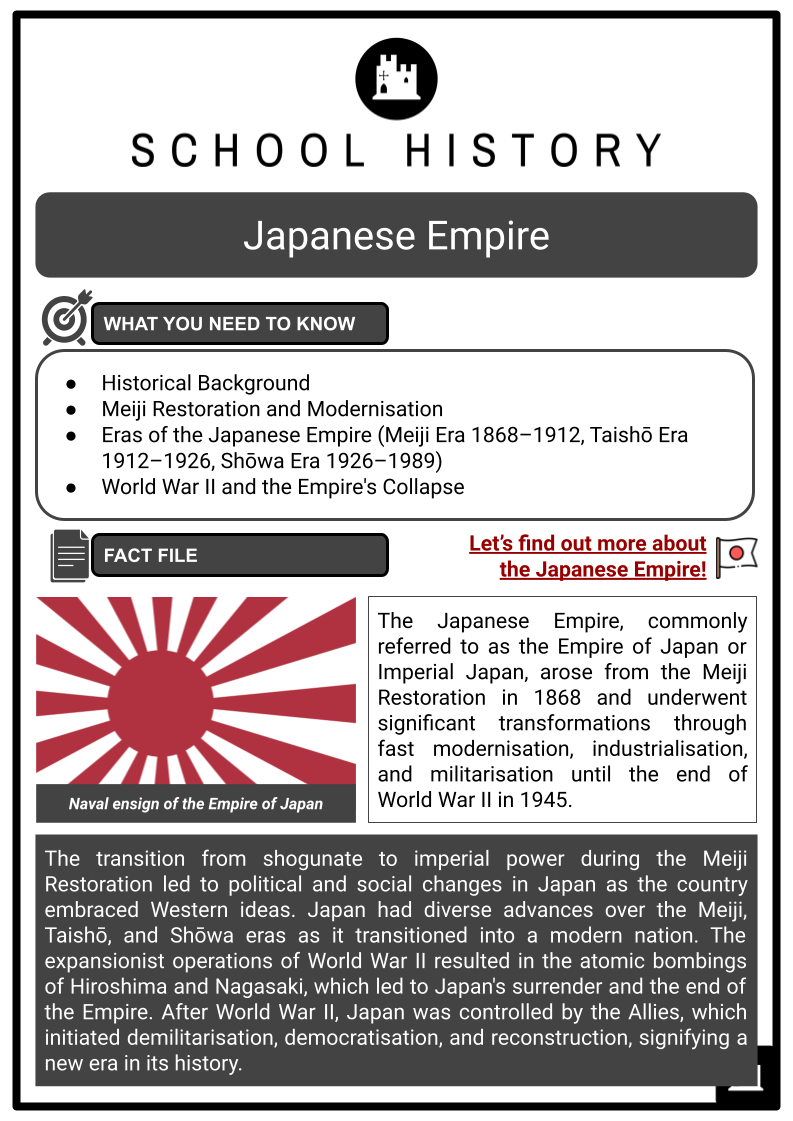
Japanese Empire Facts & Worksheets
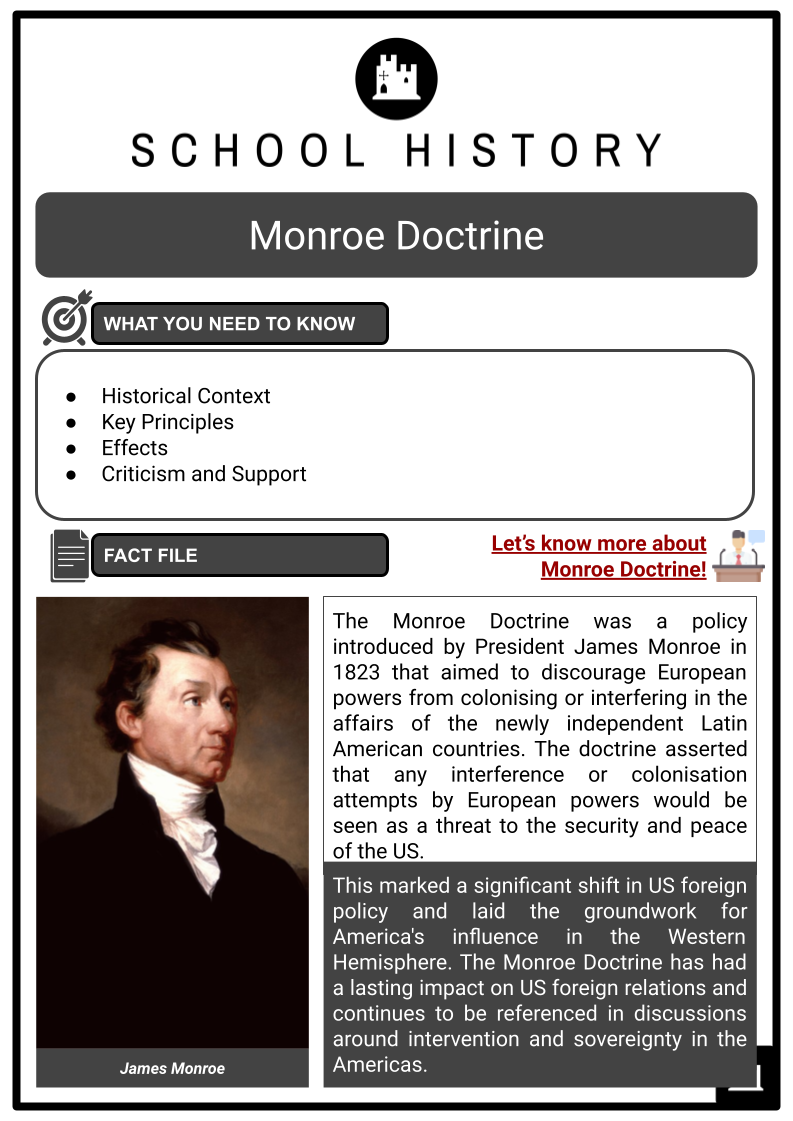
Monroe Doctrine Facts & Worksheets
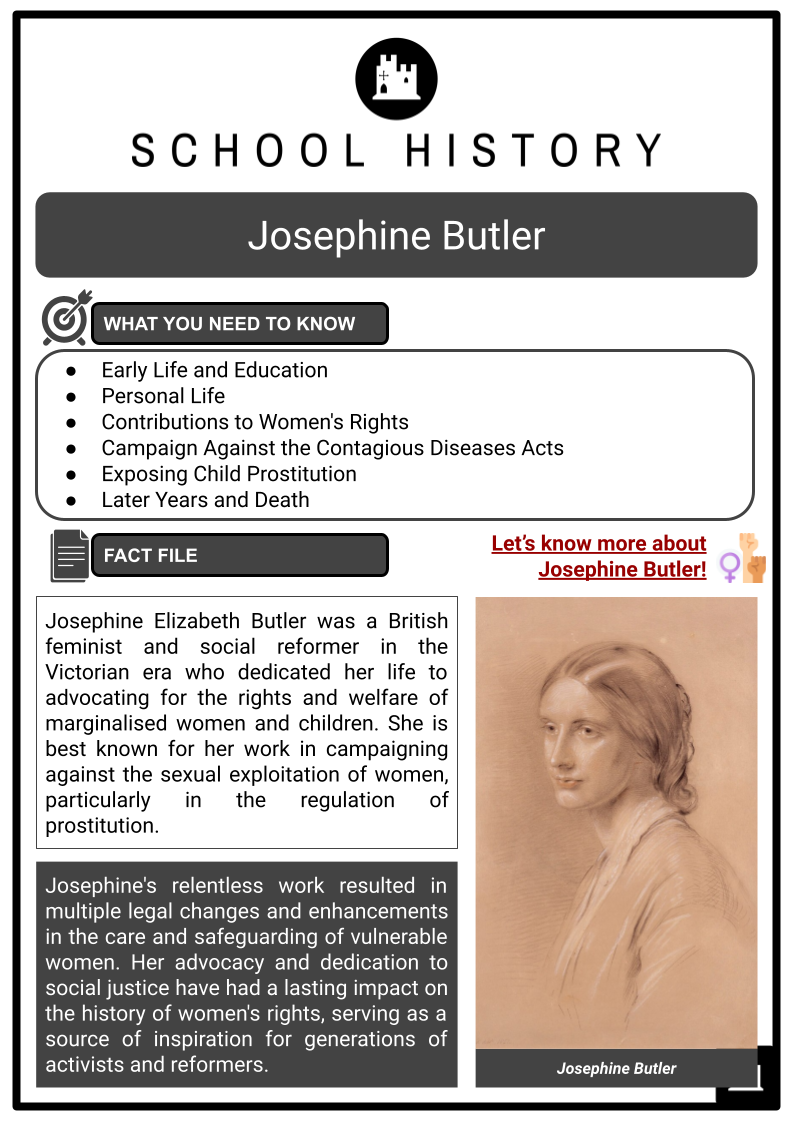
Josephine Butler Facts & Worksheets
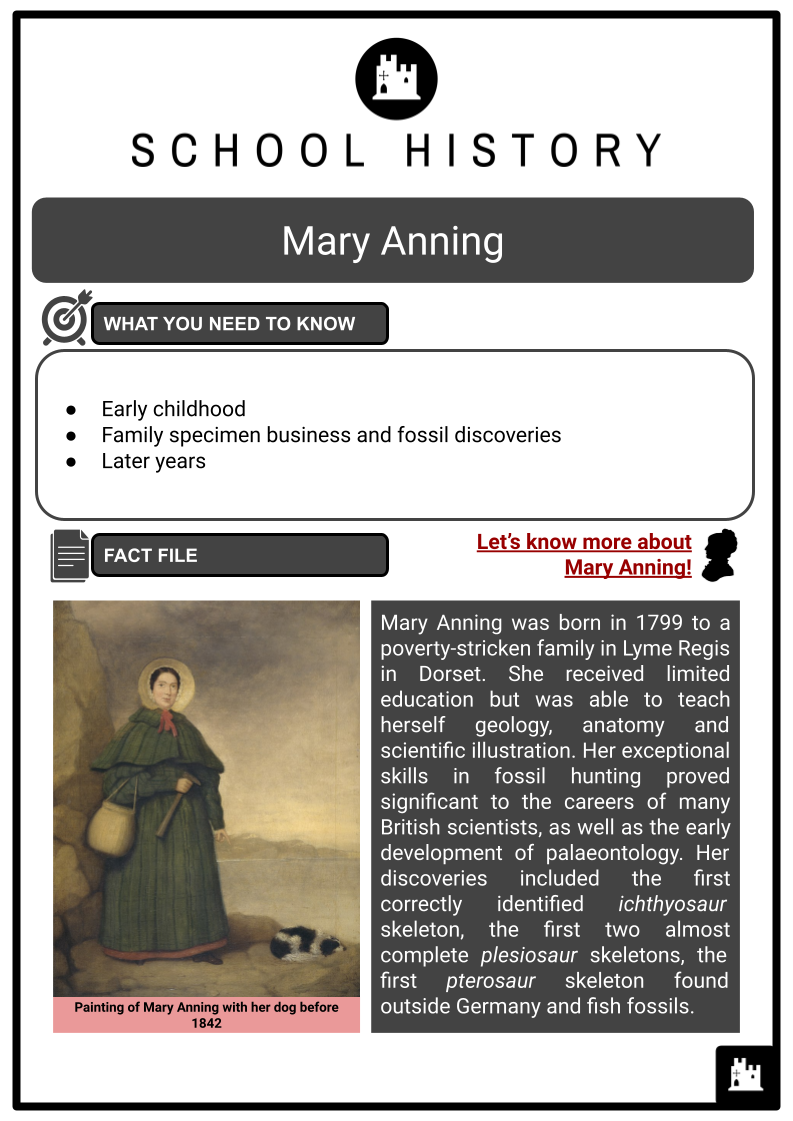
Mary Anning Facts & Worksheets
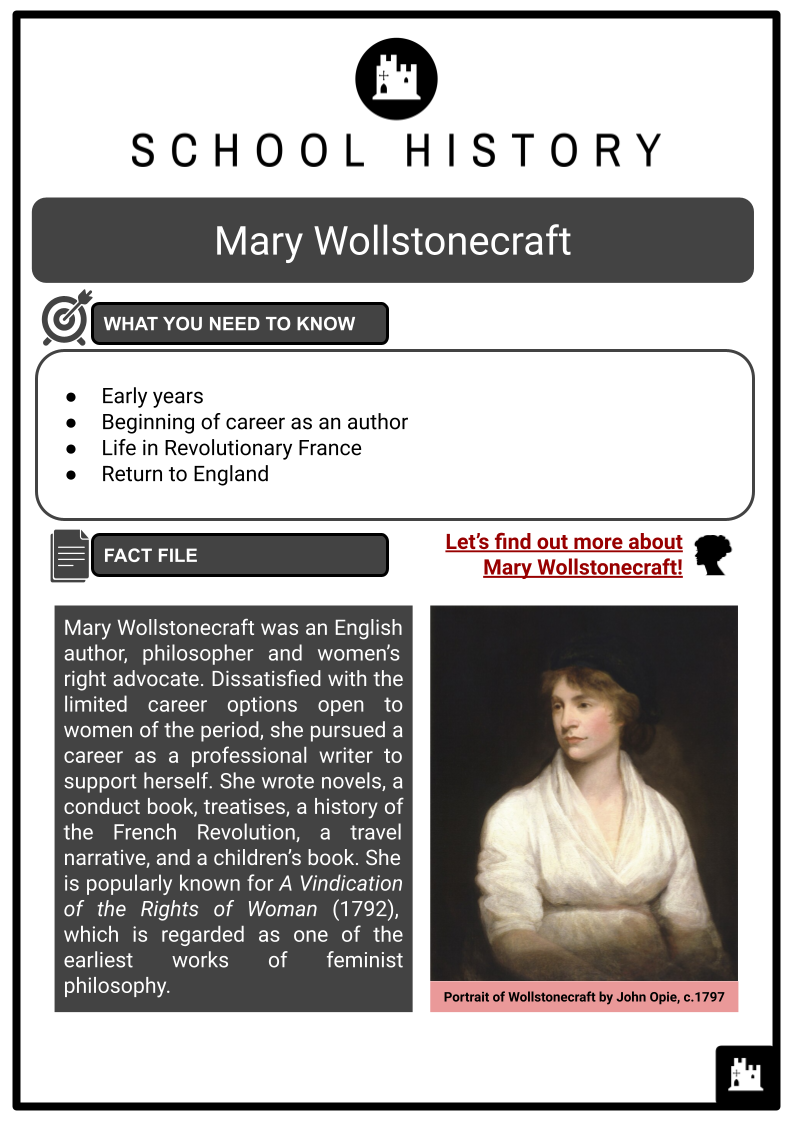
Mary Wollstonecraft Facts & Worksheets
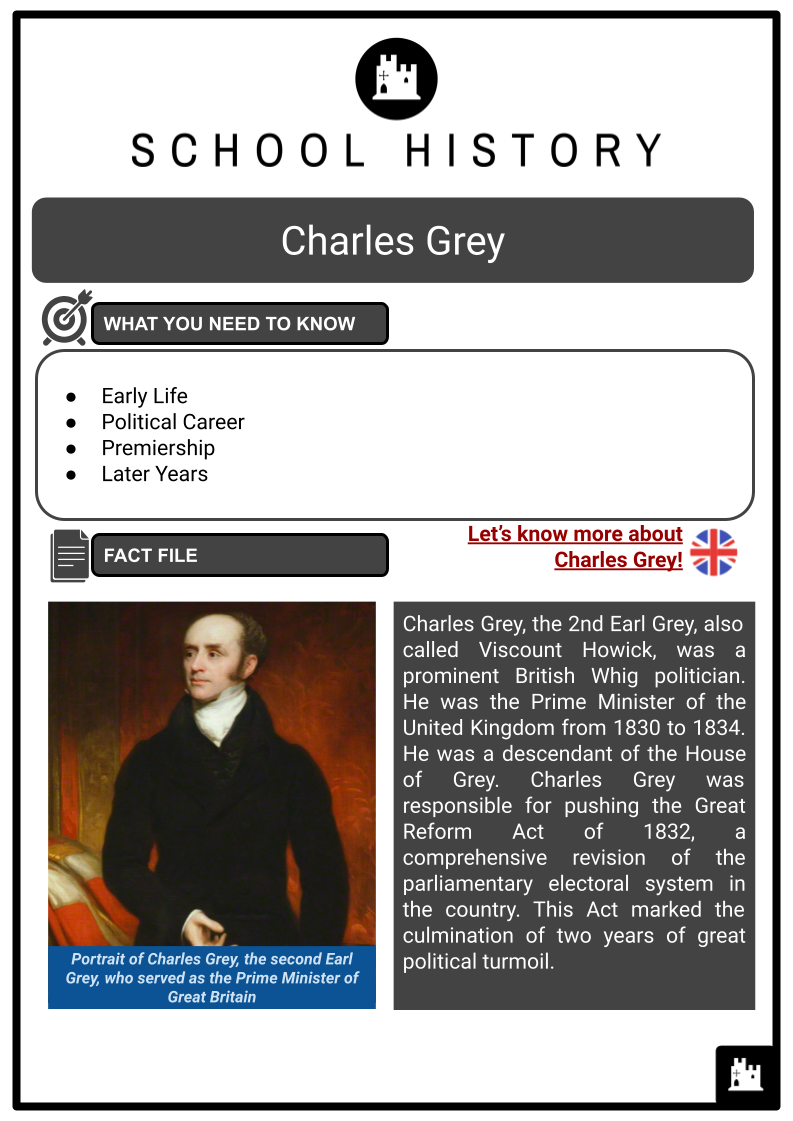
Charles Grey Facts & Worksheets
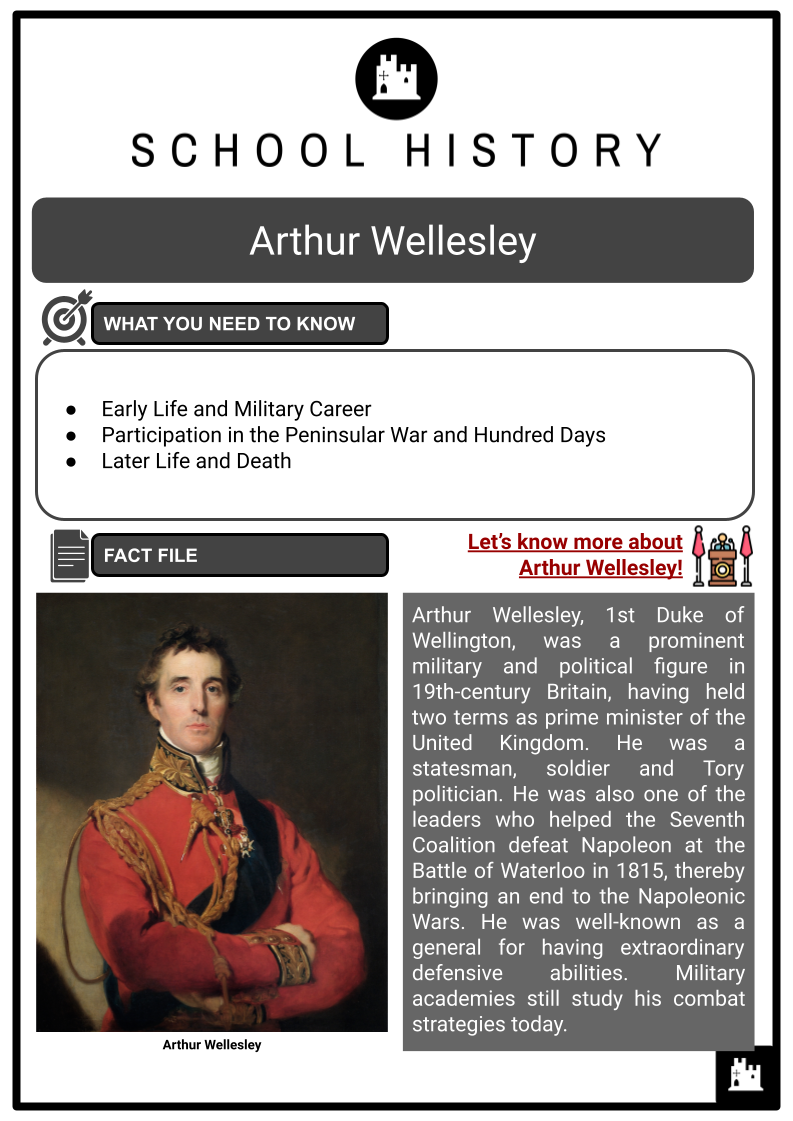
Arthur Wellesley Facts & Worksheets
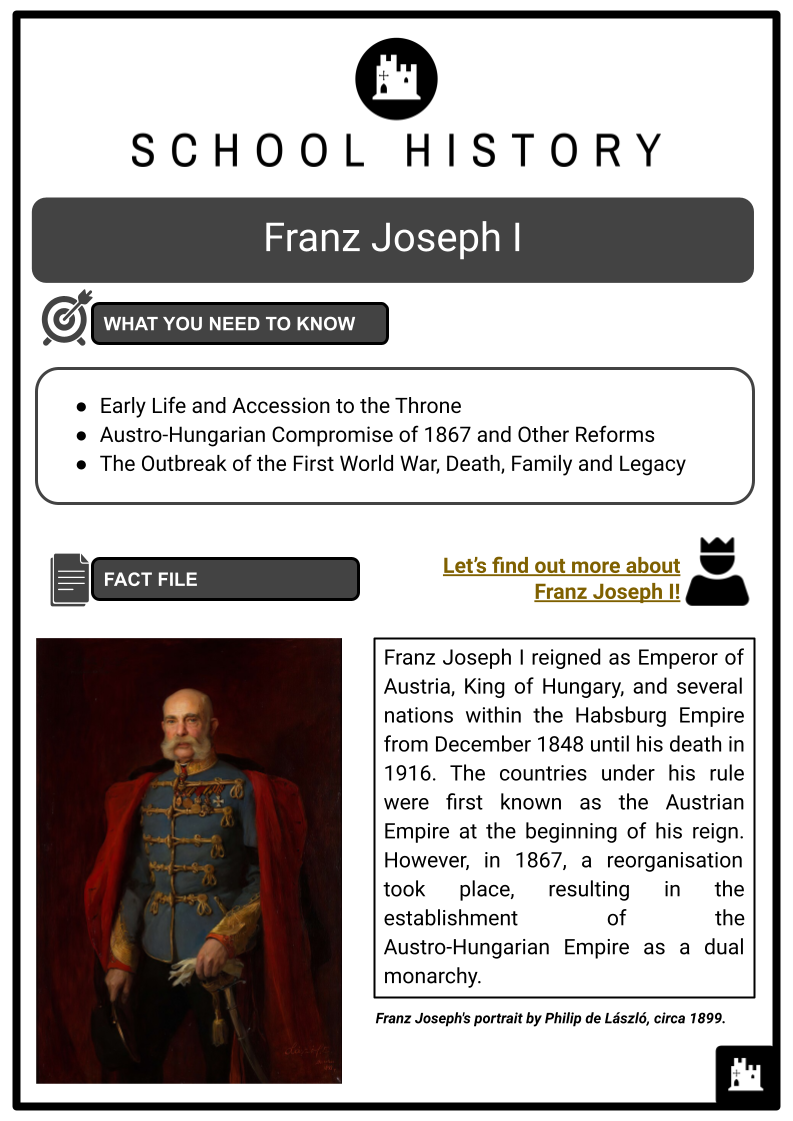
Franz Joseph I Facts & Worksheets
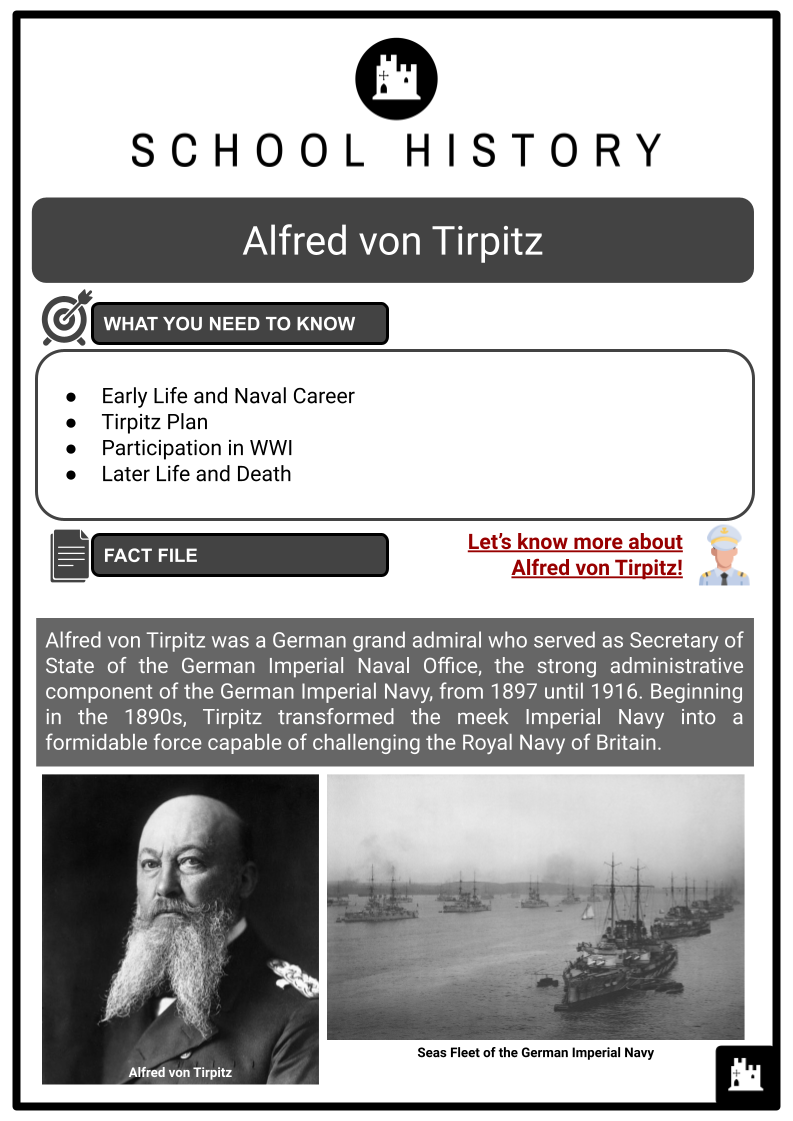
Alfred von Tirpitz Facts & Worksheets
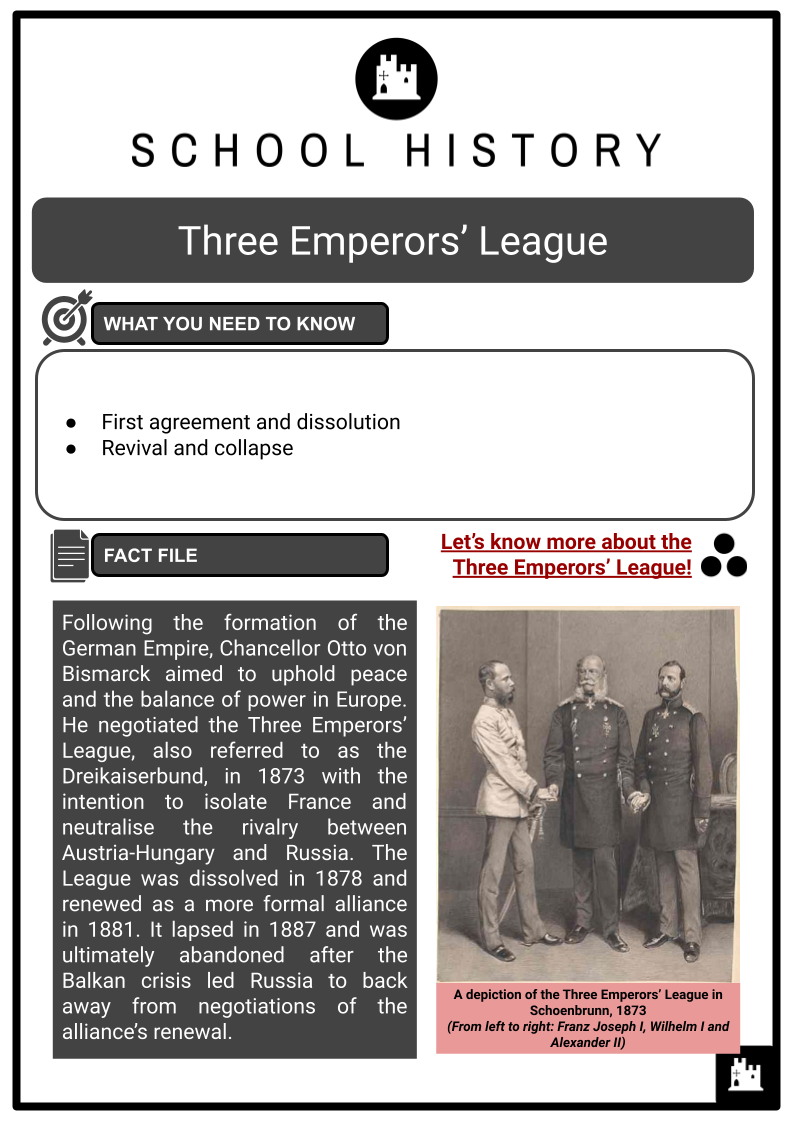
Three Emperors’ League Facts & Worksheets
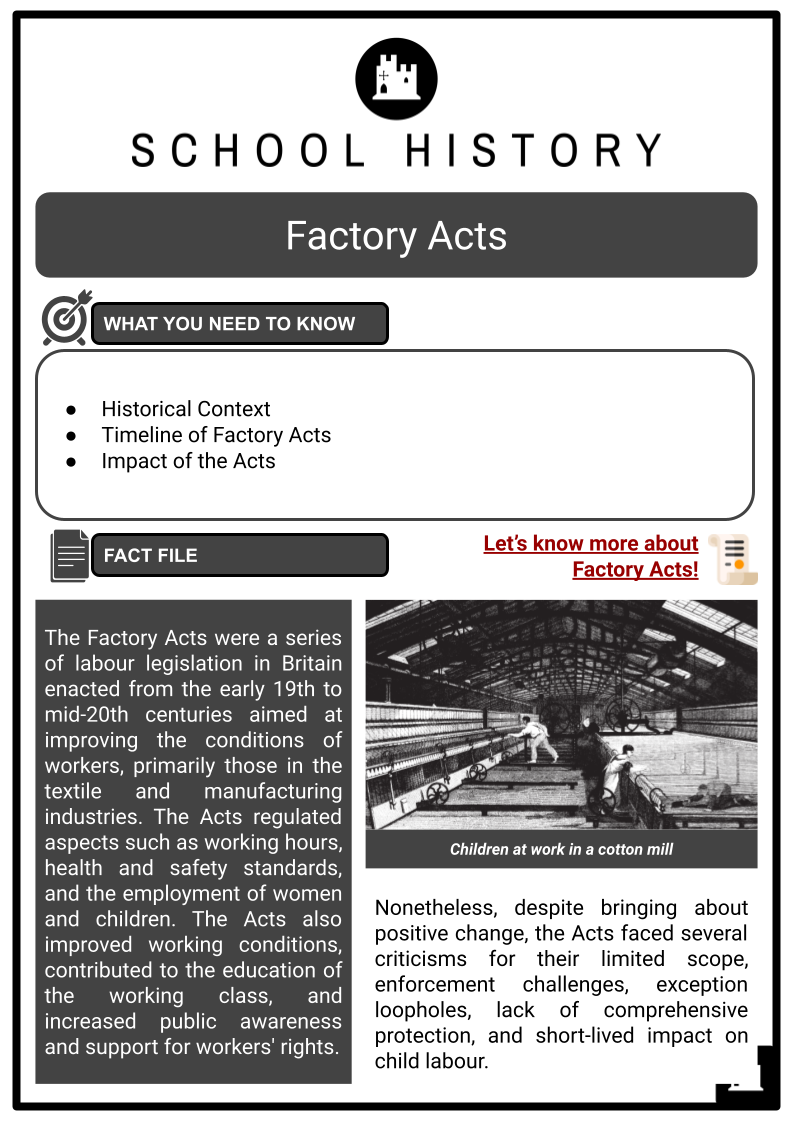
Factory Acts Facts & Worksheets
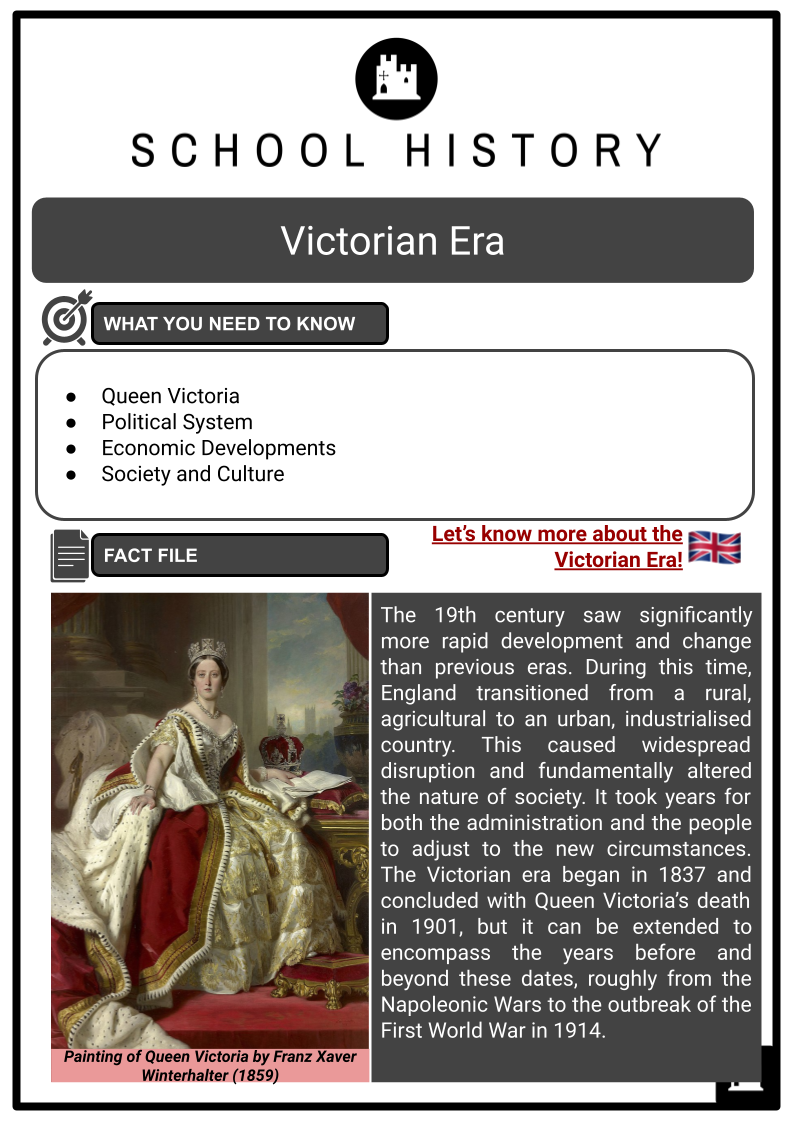
Victorian Era Facts & Worksheets
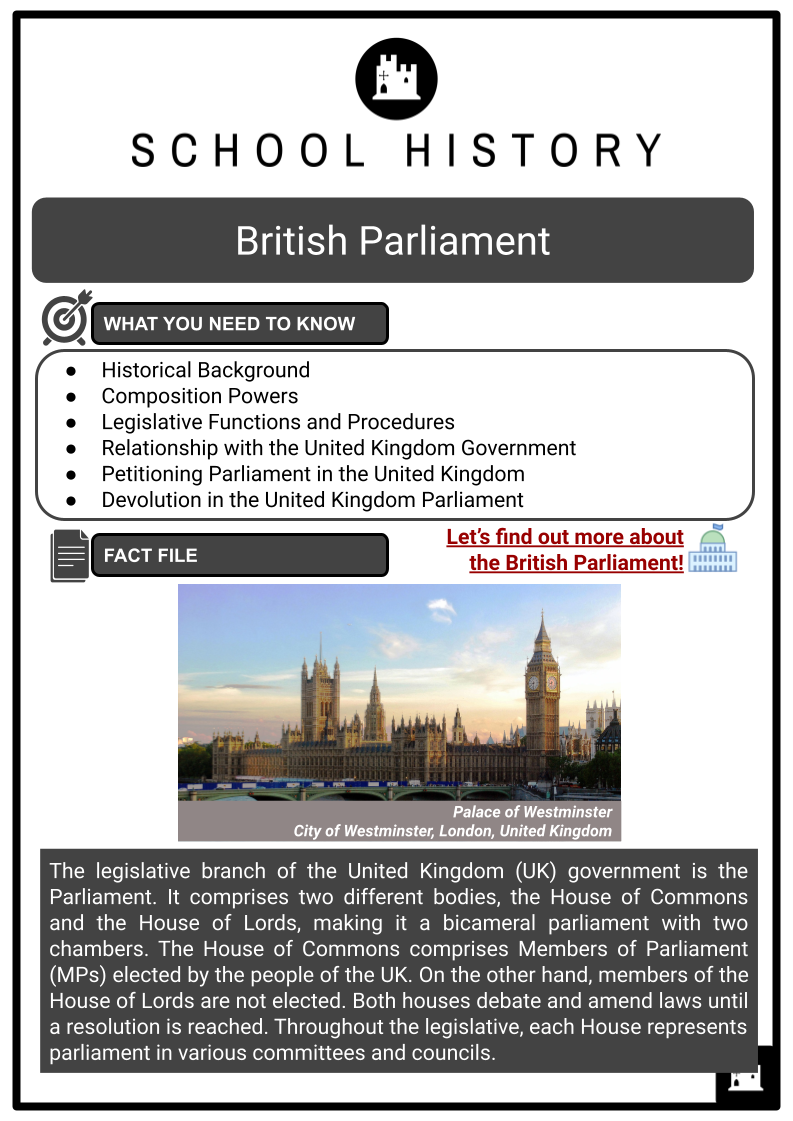
British Parliament Facts & Worksheets
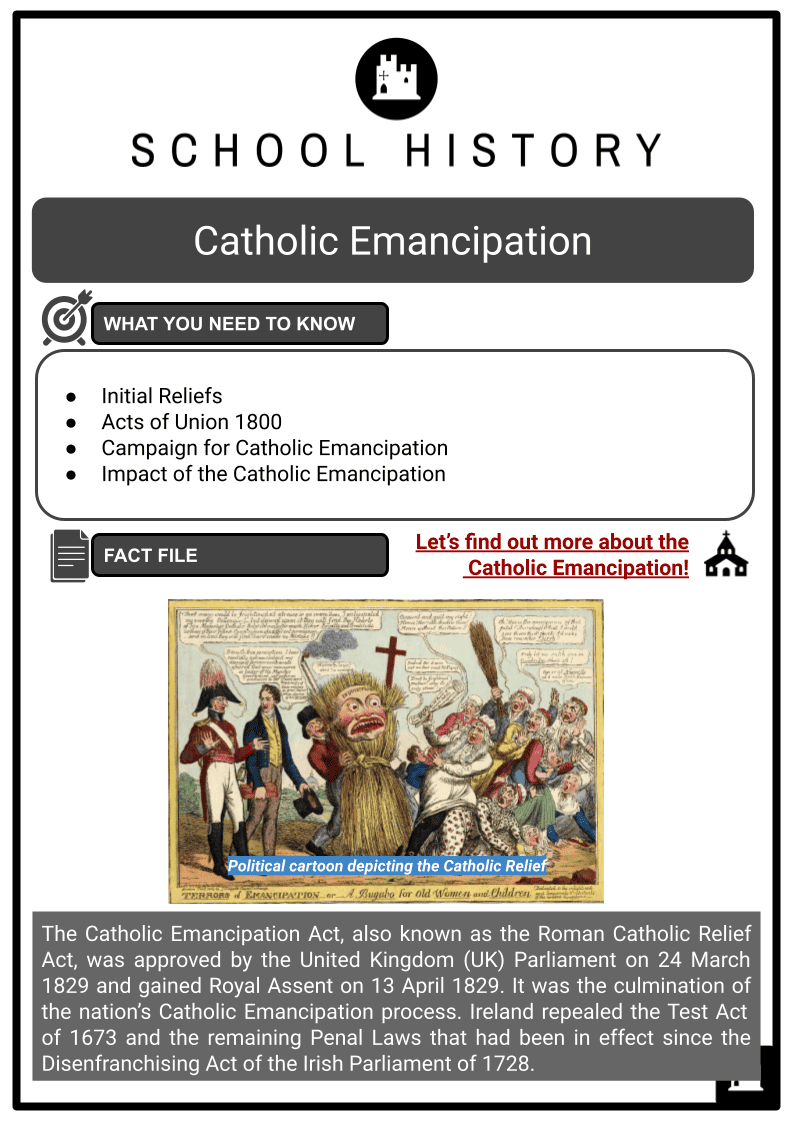
Catholic Emancipation Facts & Worksheets
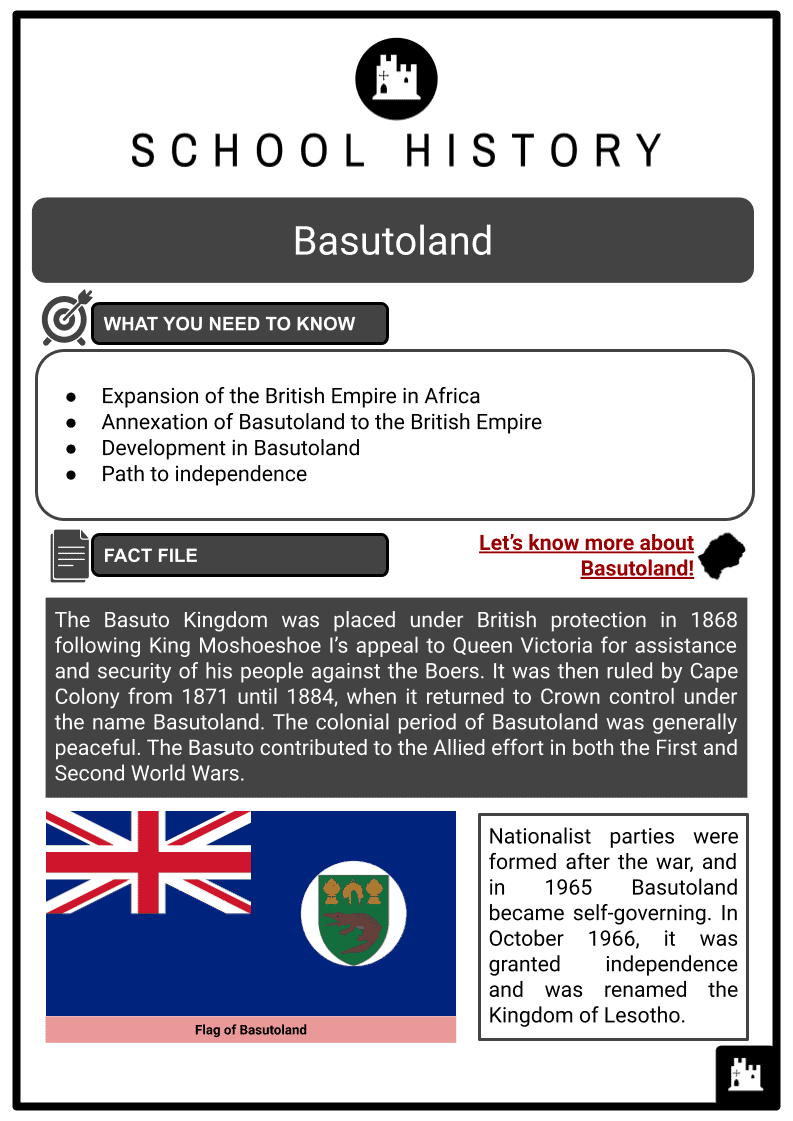
Basutoland Facts & Worksheets
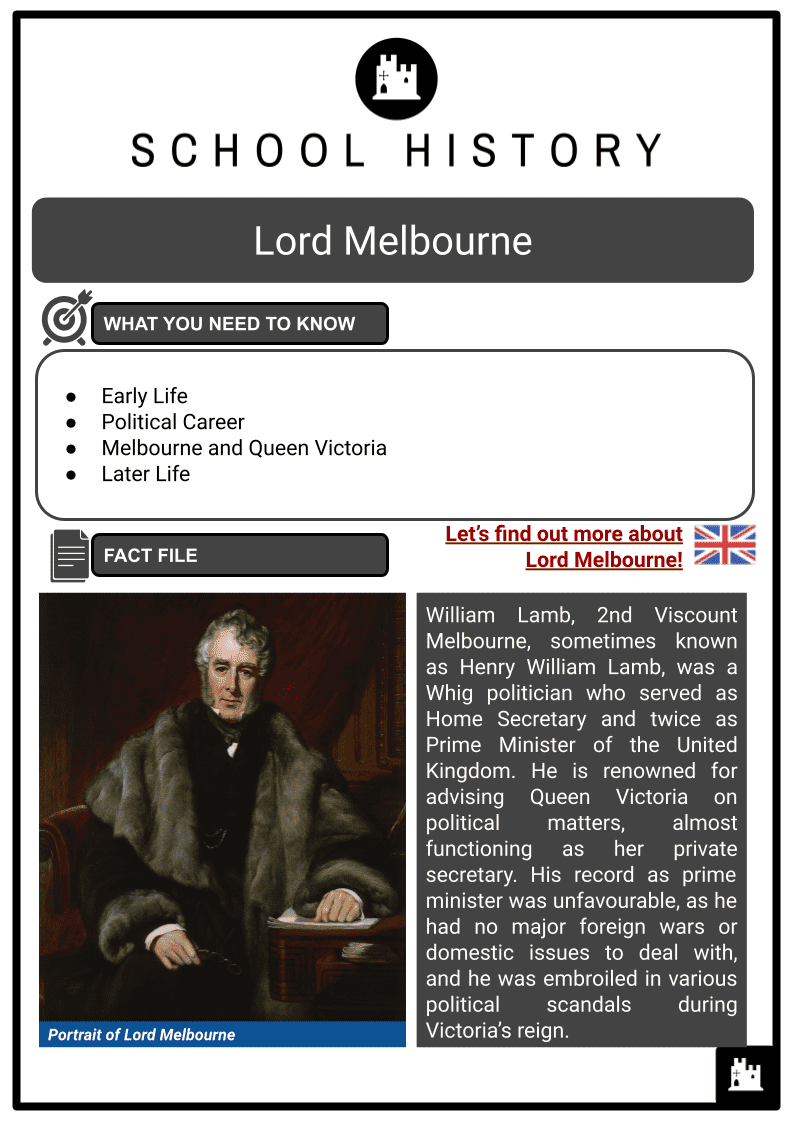
Lord Melbourne Facts & Worksheets
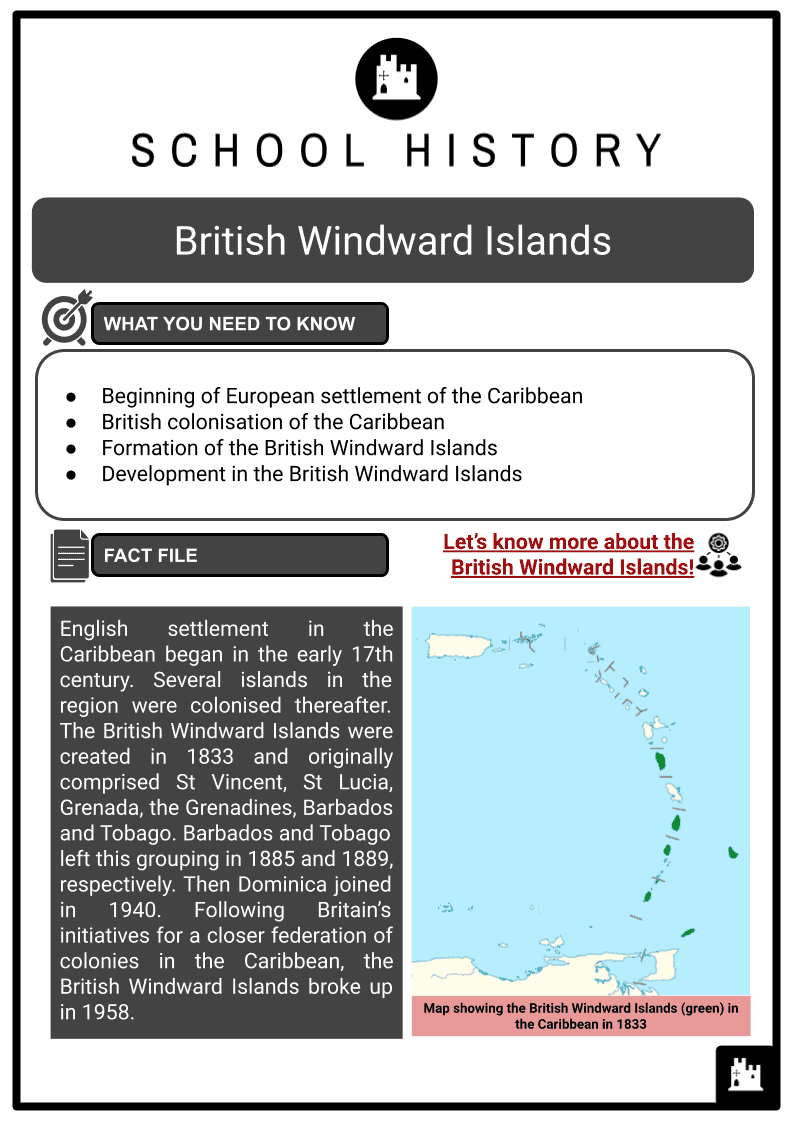
British Windward Islands Facts & Worksheets
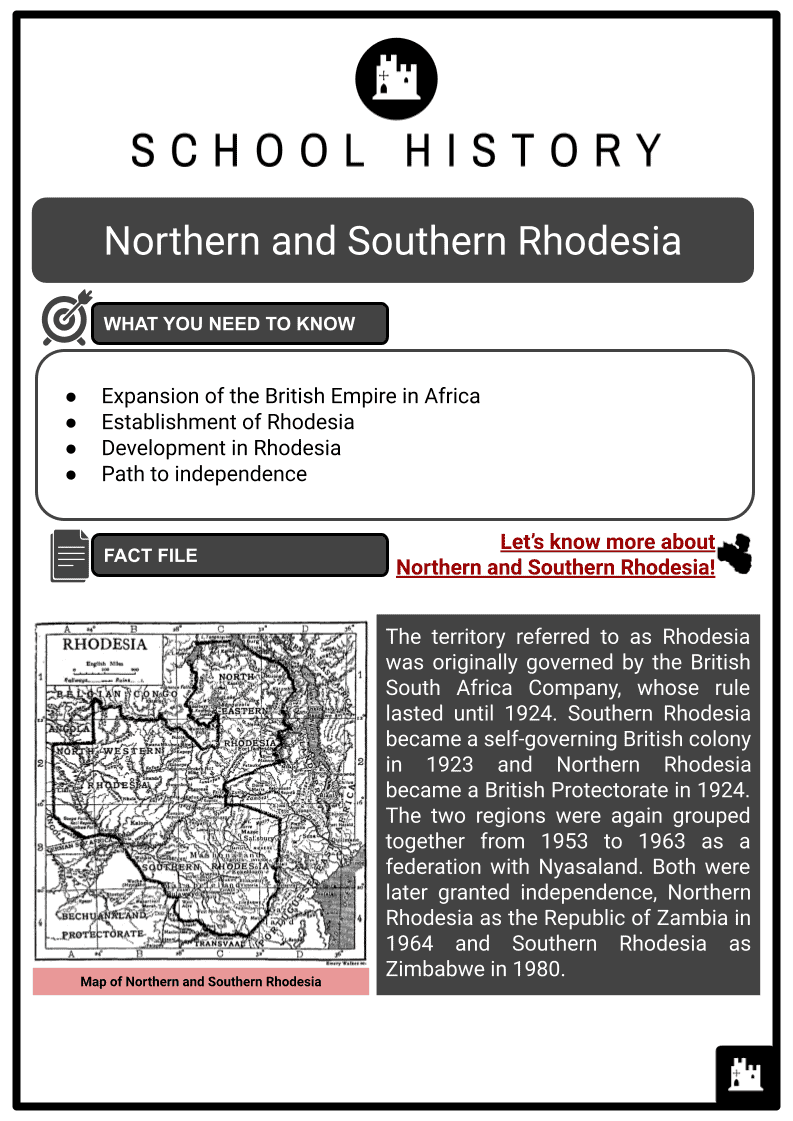
Northern and Southern Rhodesia Facts & Worksheets
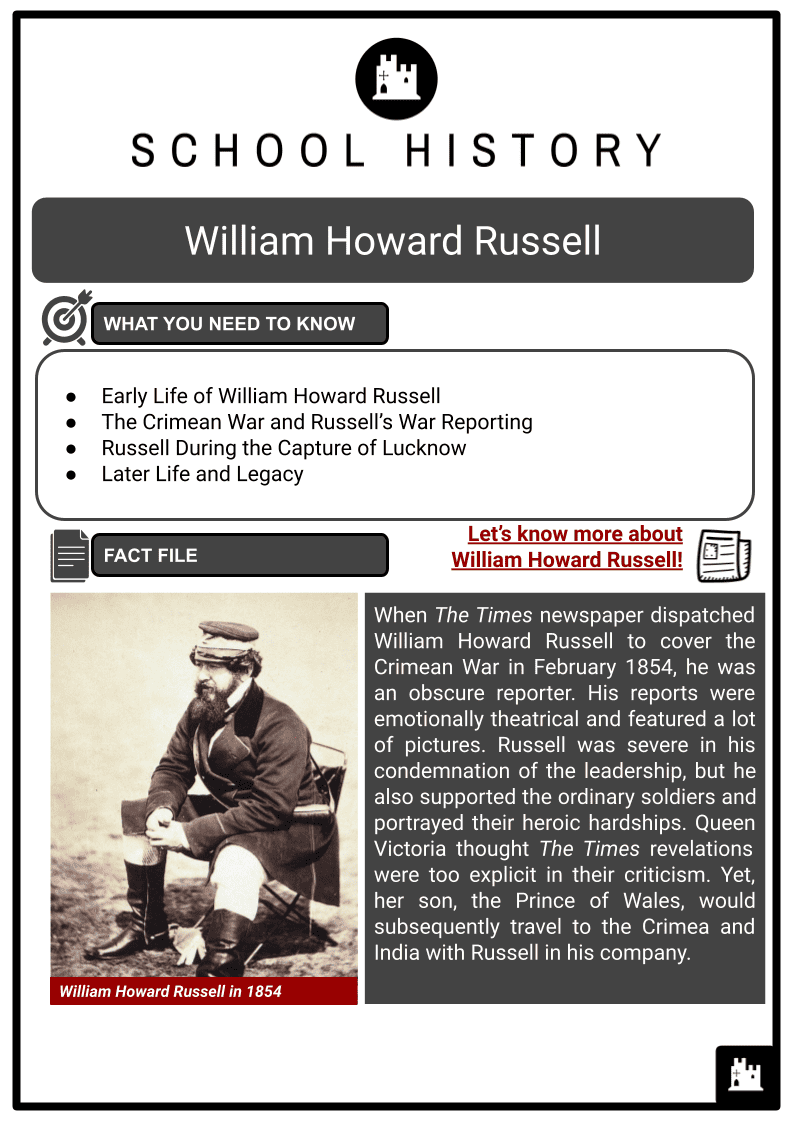

William Howard Russell Facts & Worksheets
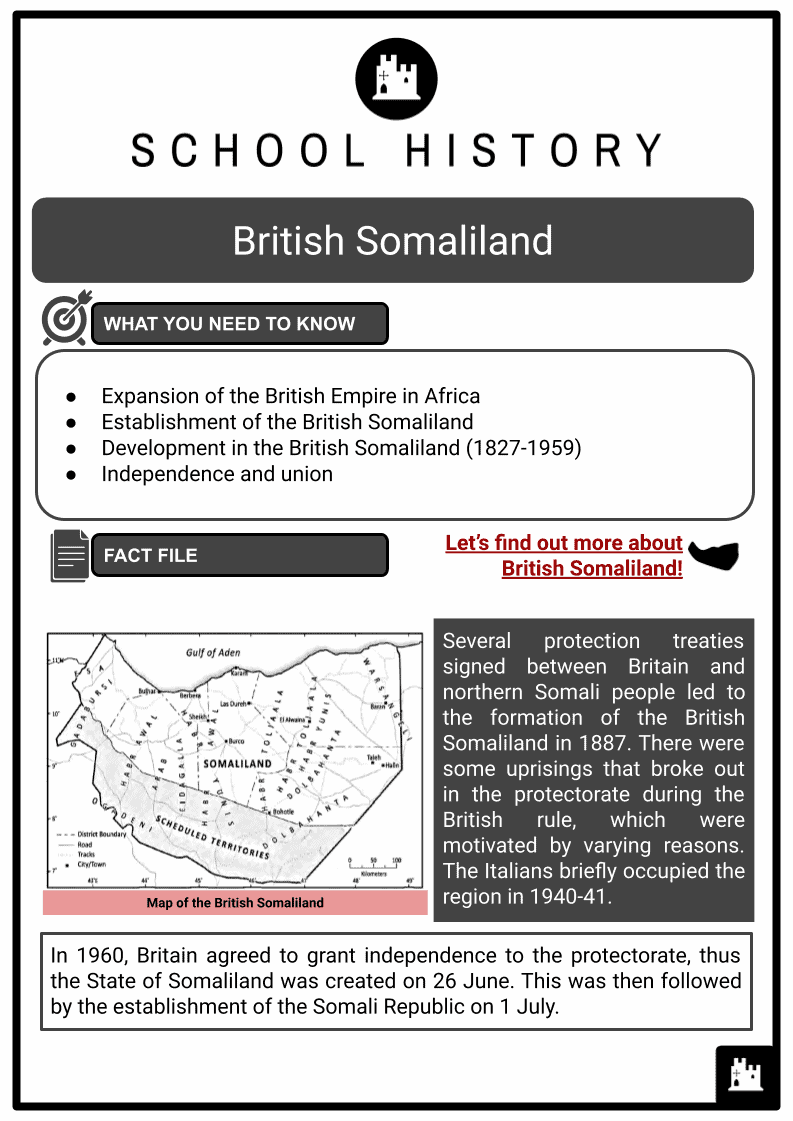
British Somaliland Facts & Worksheets
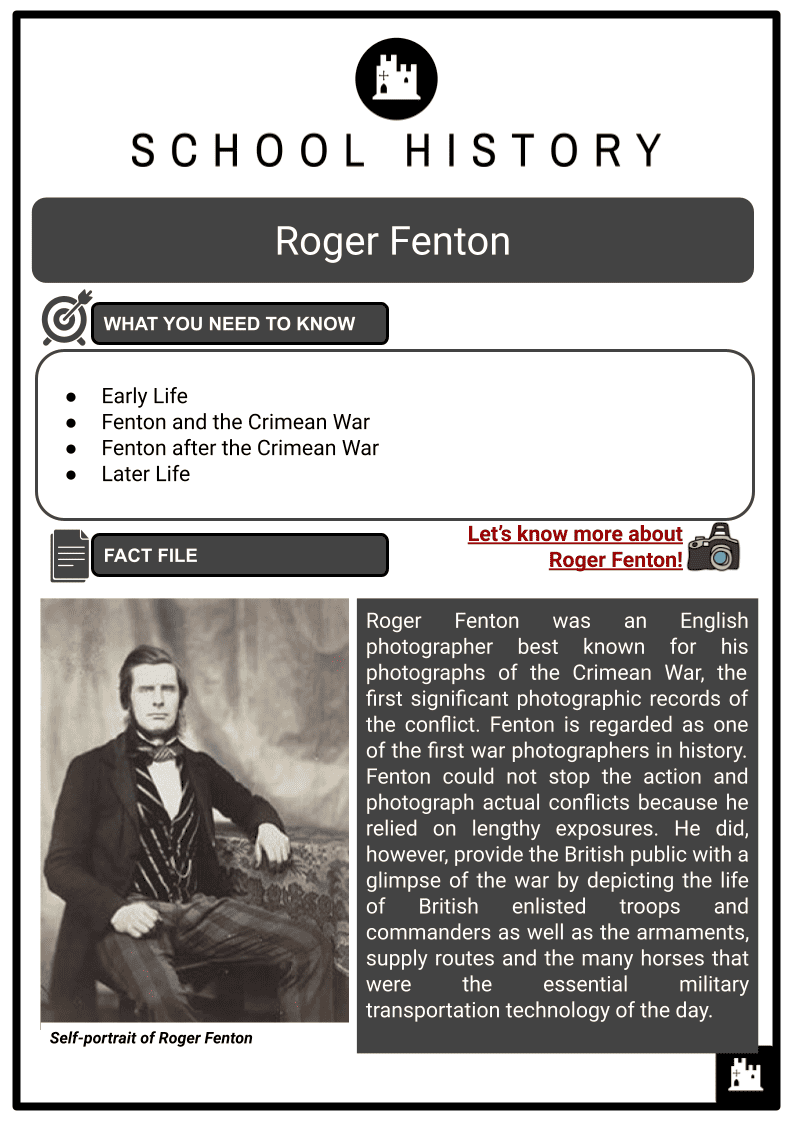
Roger Fenton Facts & Worksheets
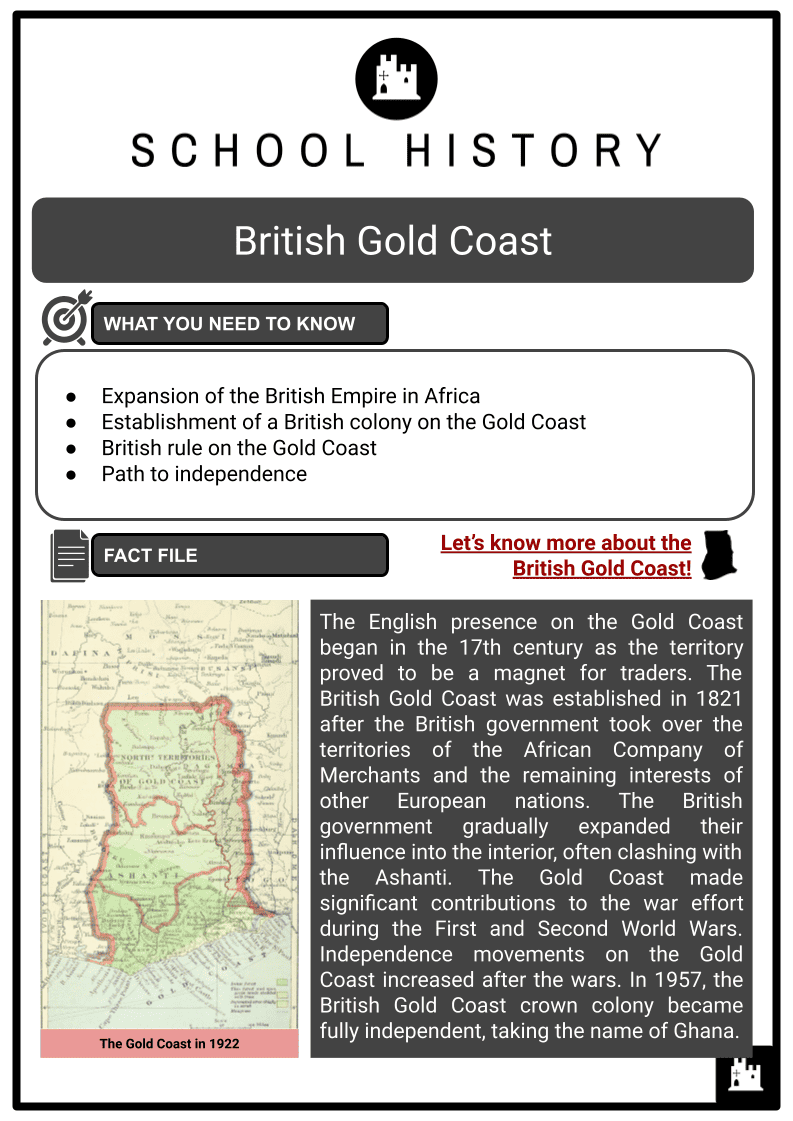
British Gold Coast Facts & Worksheets
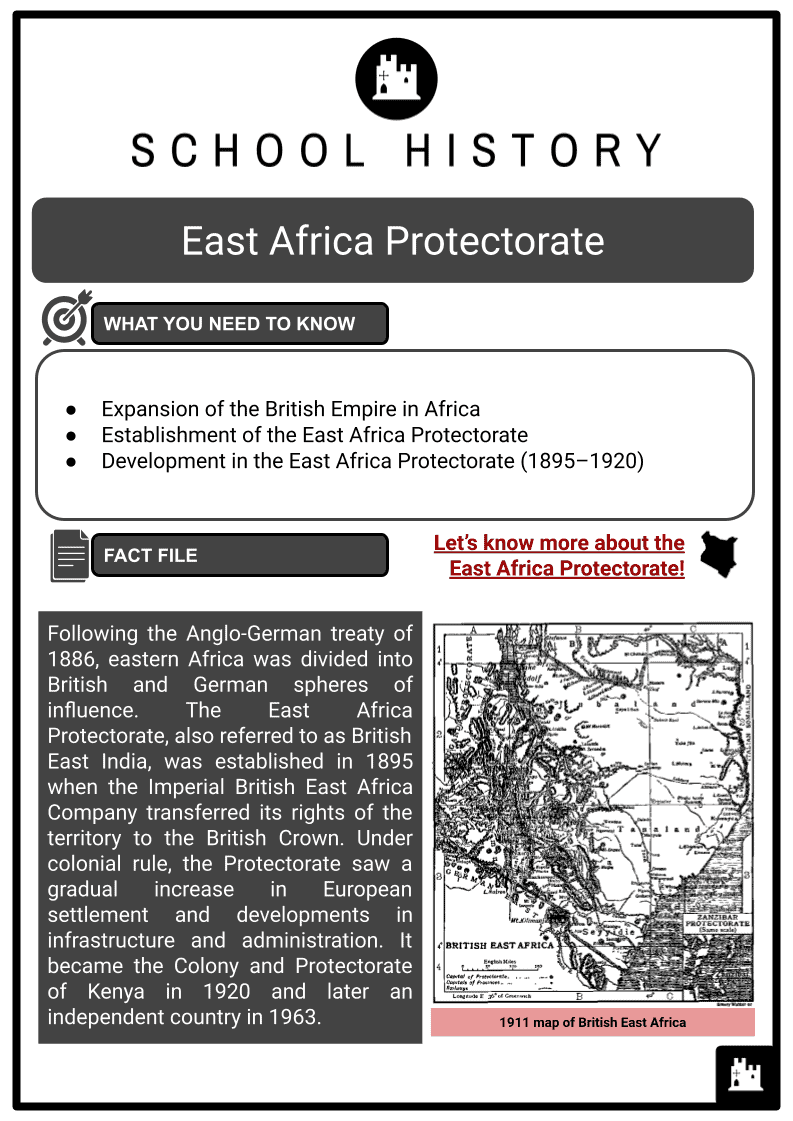
East Africa Protectorate Facts & Worksheets
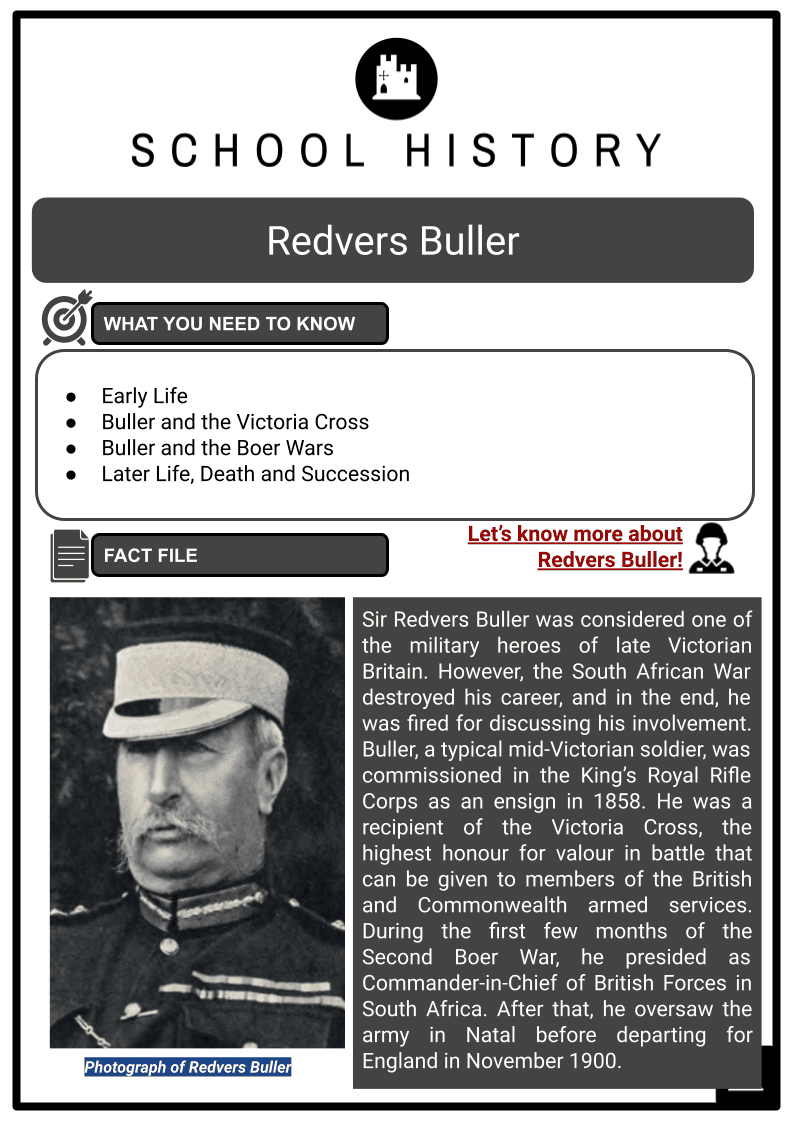
Redvers Buller Facts & Worksheets
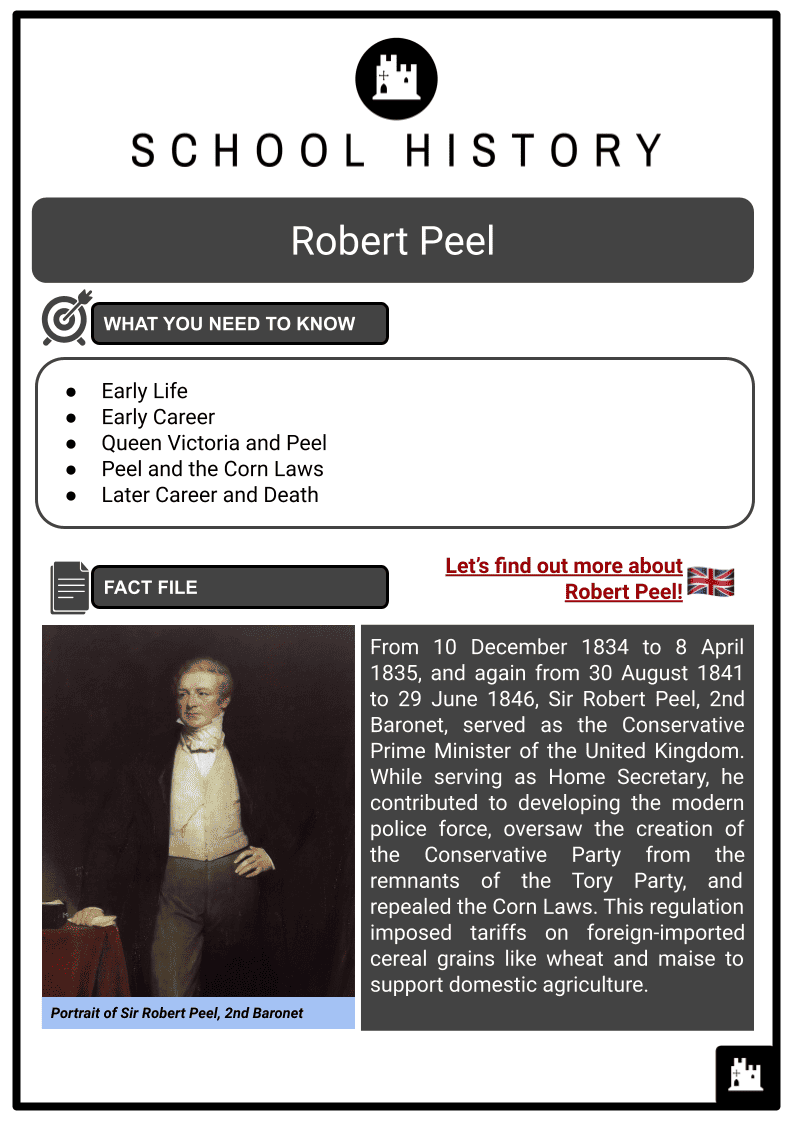
Robert Peel Facts & Worksheets
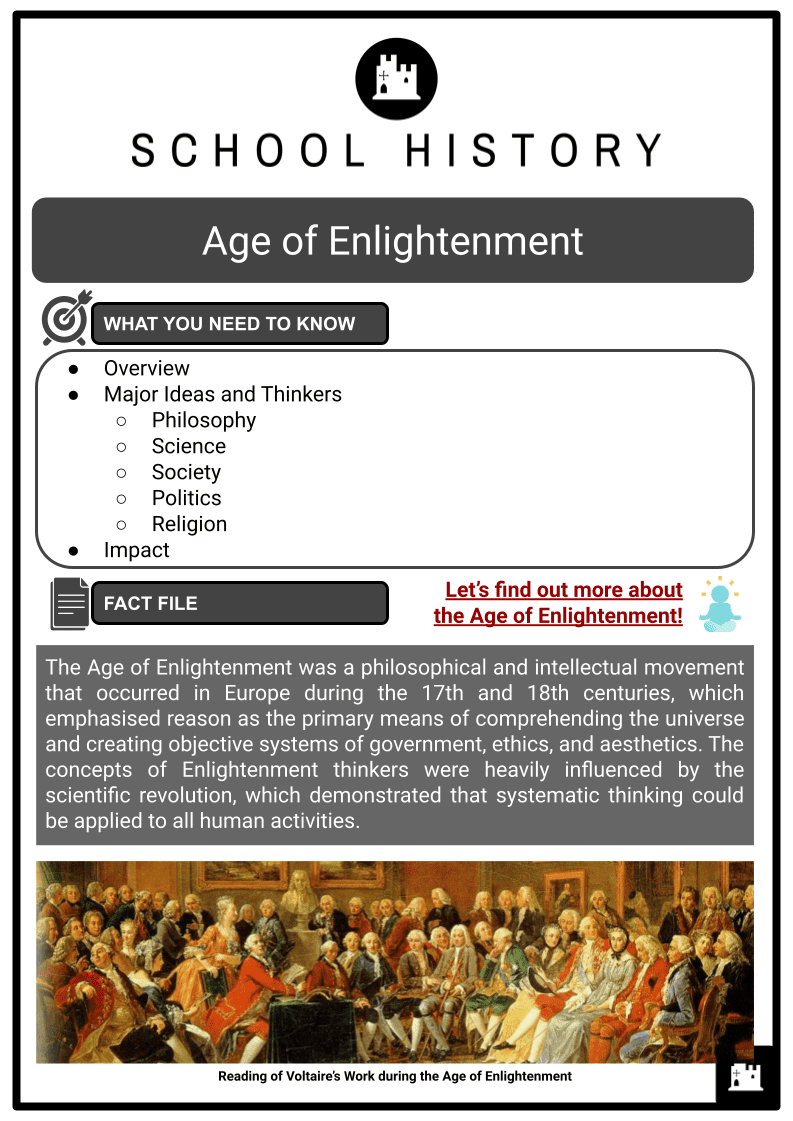
Age of Enlightenment Facts & Worksheets
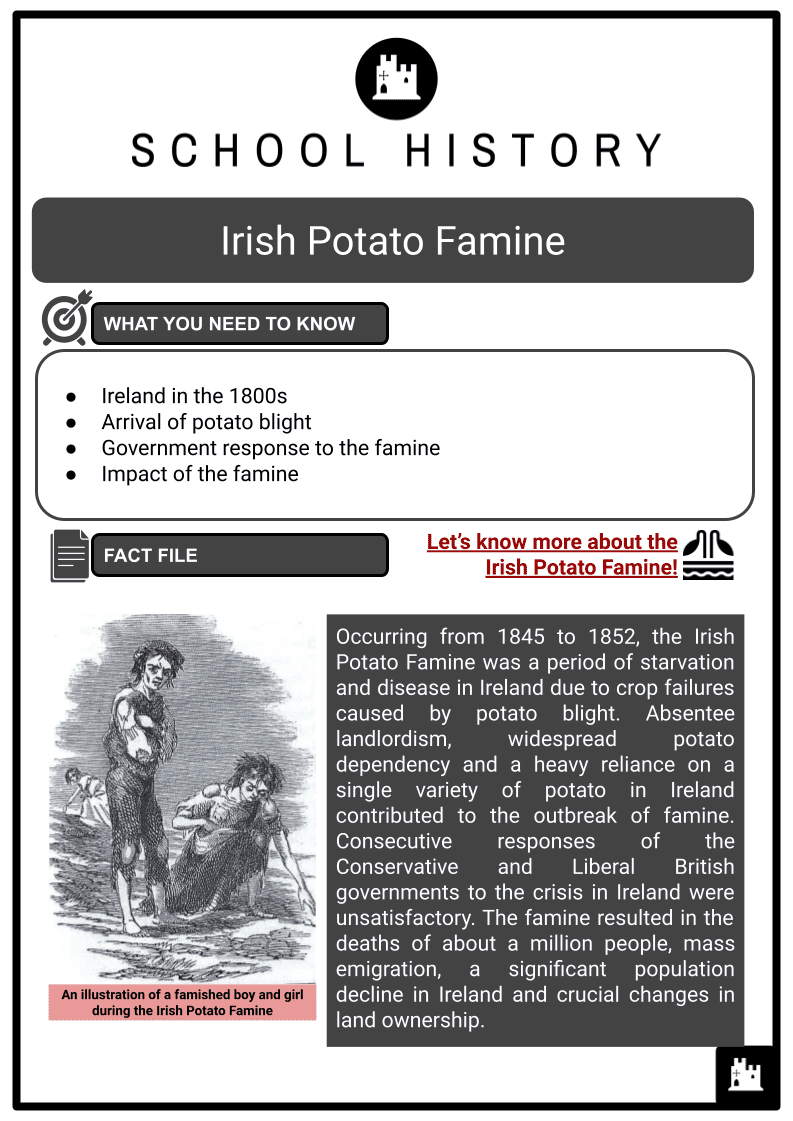
Irish Potato Famine Facts & Worksheets
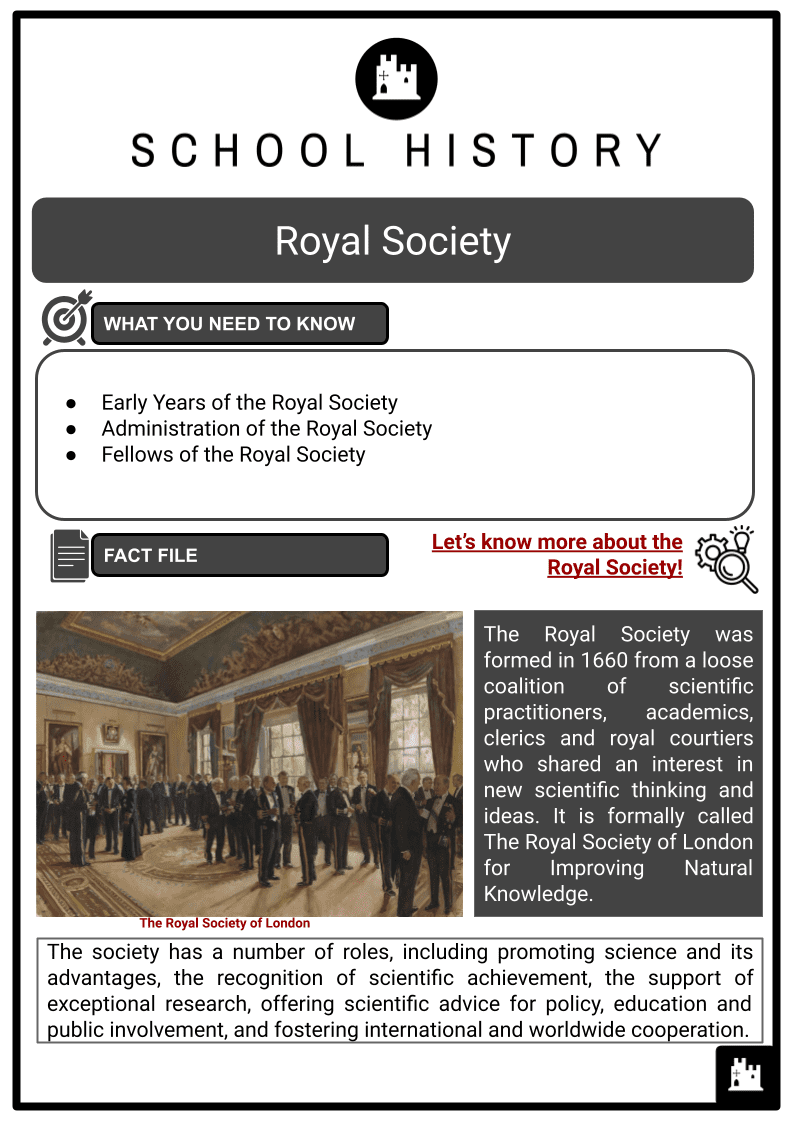
Royal Society Facts & Worksheets
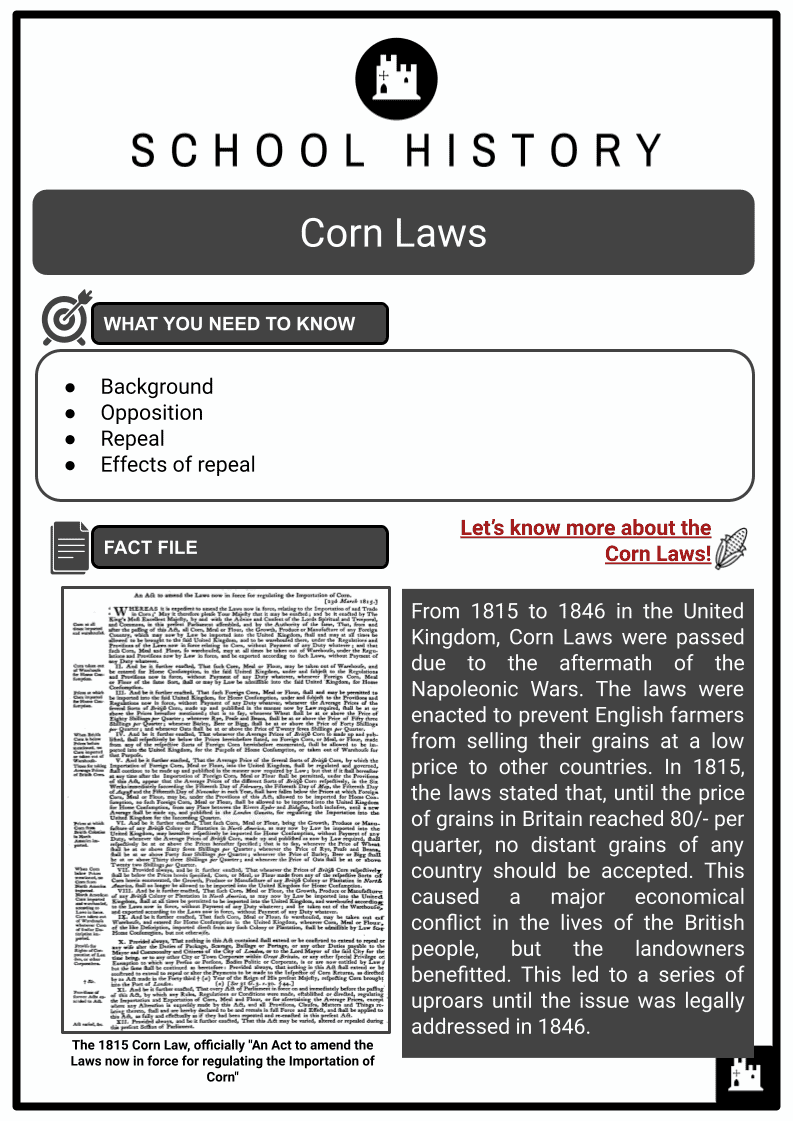
Corn Laws Facts & Worksheets
Display Settings
Welcome to the display settings! Click the "Get Started" button below or use the buttons above to choose which setting(s) you want to change.
Get Started
Select your preferred typeface/font from the list below.
Next Setting
Colour Theme
Select your preferred colour theme.
Select the text size that you find the easiest to read.
Letter Spacing
Line height.
The Great Fire of London was a fire that was so big that it burned nearly all of the buildings in London, with the exception of the Tower of London as that was made from stone, and stone doesn't burn up easily.
All settings are saved automatically and can be changed at any time. What do you think of this feature?
8th October 2016
The Victorians was a time for railways, Queen Victoria and the establishment of many familiar companies, such as chocolate maker Cadbury and soft drink company Coca Cola.
Queen Victoria
The Victorian era started when Princess Victoria was crowned Queen, at 18 years old, in 1837. Three years later, she married her cousin, Prince Albert. They had 9 children together, before he passed away in 1861. Victoria was distraught, and missed him so much that she wore black for the rest of her life.
You can find out more about Queen Victoria here.
Life in Victorian Britain
How your life was in Victorian Britain depended on who you were and how much money you had. If you were rich, then life was luxurious, although how luxurious your life was depended on how rich you were. If you were poor, then life was hard, and in some cases, you literally had to fight to survive.
Workhouses were places where some poor people lived and worked. They worked long hours on the factory floors. In return for their work, they would get a roof over their heads and food (although not very much.)
Many workhouses were dark and dirty, and you weren’t treated very well. It wasn’t a place you wanted to be in.
The house(s) that you owned and lived in depended on how much you and your family earned.
Rich families usually had a country estate and a house in the city. During the working week, the owner of the house would usually be in the city for work and go back to their country estate for the weekend. This wasn’t always the case, but it was common.
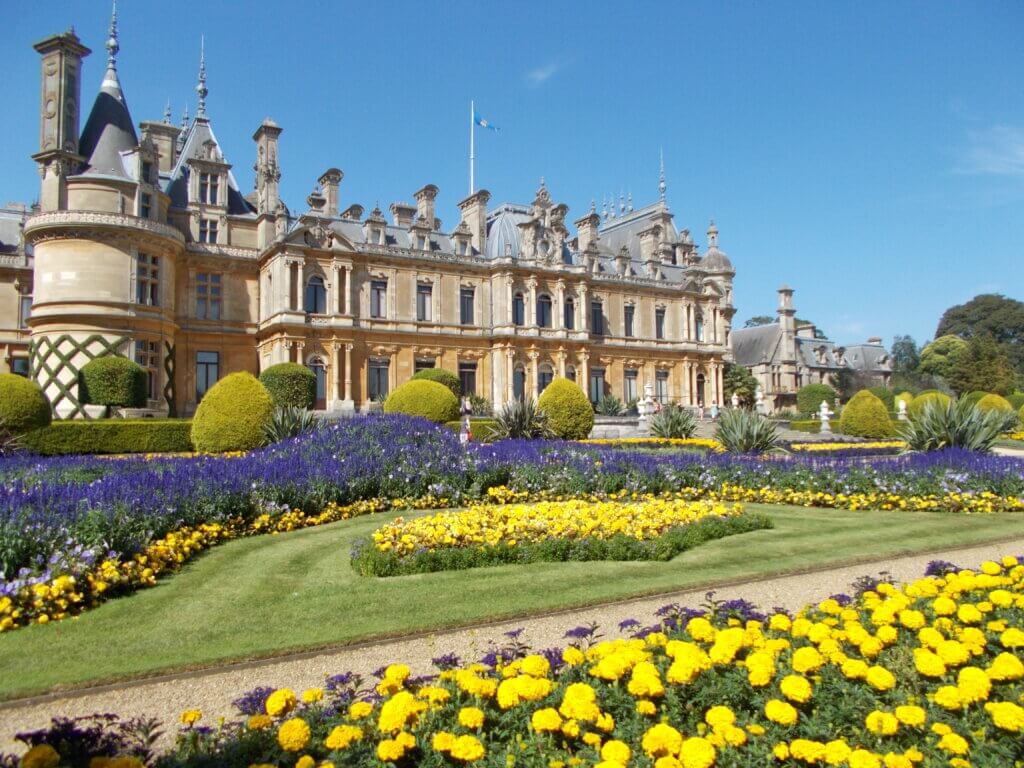
Middle-class families usually lived in either the outskirts of the city or in medium-sized cottages in the countryside. If the family had enough money, they might have both.
Working class and unemployed people, who usually lived in the cities (although they could be farmers in the countryside) usually rented or owned a terraced house, or for the poorest, shared a single (or double) room with other families as they couldn’t afford to rent an entire house.
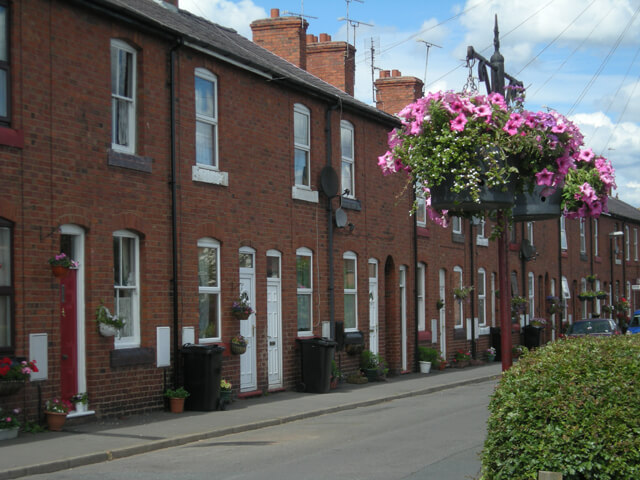
Servants for the rich
A more attractive job than working in factories or the workhouse would be to work for a rich family as a servant. You got paid a wage (how much that wage was depended on your job) and a roof over your head. Because you were fed and had a roof over your head, your wage was usually sent back to your family.
Servants were summoned by their owners to particular rooms through a network of bells. In the Servants Quarters’ of that house, there was usually a row of bells, with a sign saying what room it was coming from, so the servants knew where to go, and who was demanding their assistance.
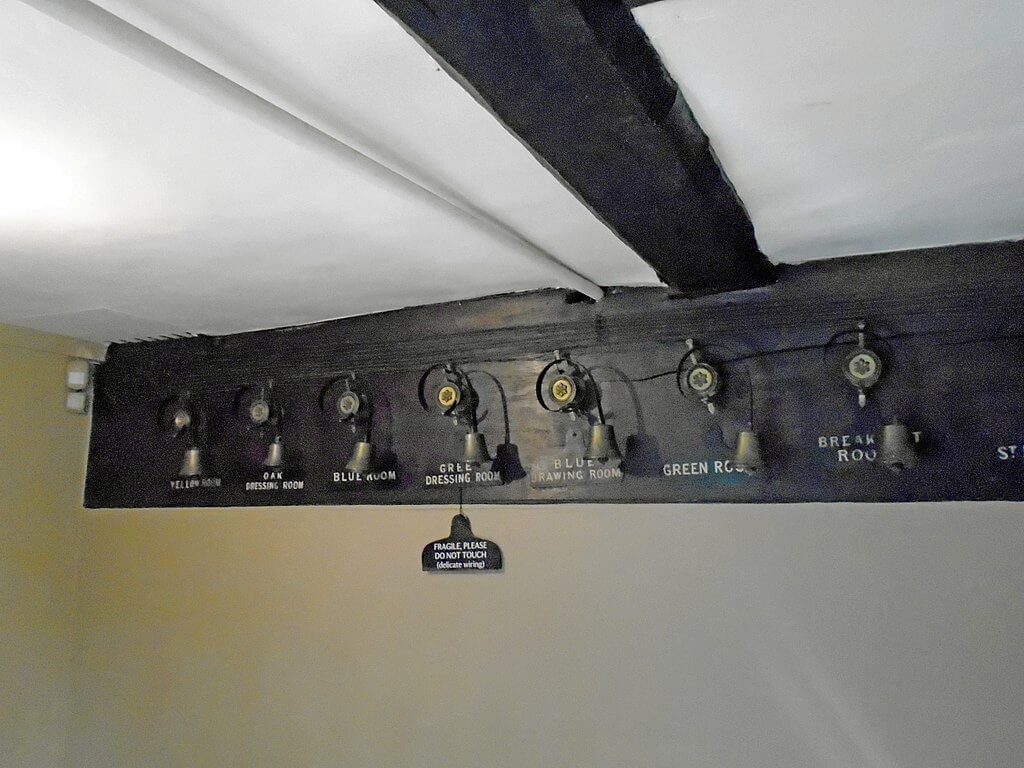
Among the servants, there was a hierarchy, as there was in the family. The more senior your job was, the more time and the closer you were to the family. The closest to the family were the house-steward or the butler (or both, if the family was very rich), the lady’s maid, the valet, the housekeeper and the nanny (who supervised any children.)
Victorians had more free time than in previous eras. With the introduction of weekends and bank holidays, workers could now spend their free time however they wanted. Many people, rich and poor, sometimes decided to go down to one of the many new seaside resorts that were being built.
The seaside
The invention of the railways meant that many people could escape from the city to one of the many new seaside resorts that were being built. Train tickets were relatively cheap, meaning even factory workers and their families could afford a day or two at the seaside.
Piers were being built across the coastline. The first one was built on the Isle of Wight in 1814, and exactly 100 years later, there were at least 100 piers across the British coast.
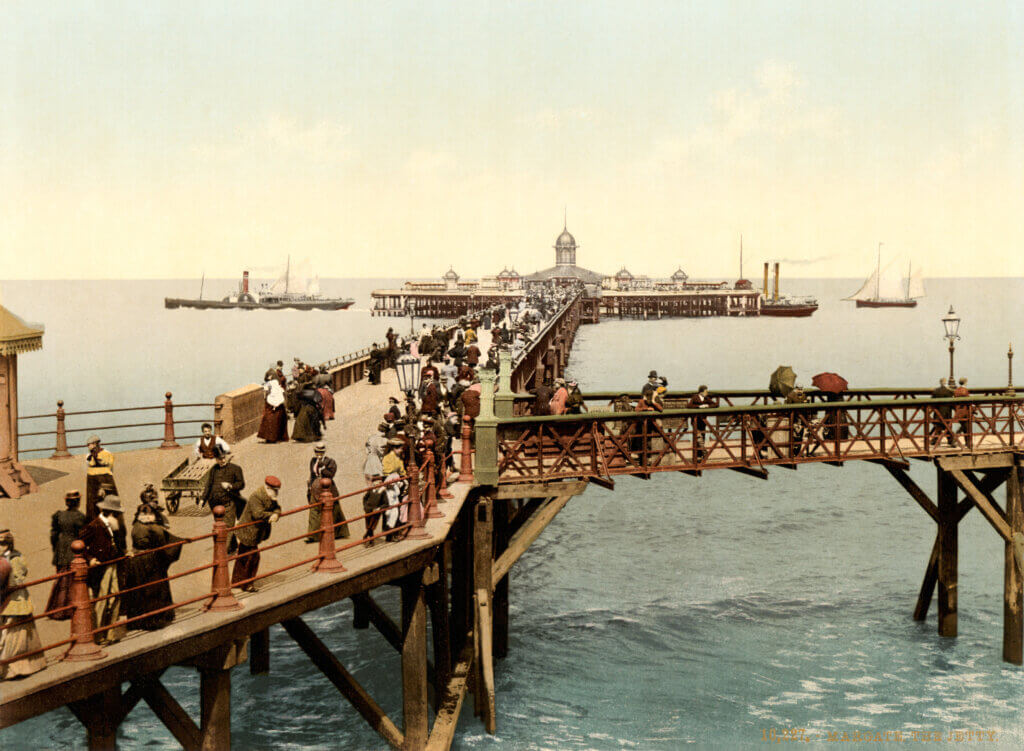

- school Campus Bookshelves
- menu_book Bookshelves
- perm_media Learning Objects
- login Login
- how_to_reg Request Instructor Account
- hub Instructor Commons
- Download Page (PDF)
- Download Full Book (PDF)
- Periodic Table
- Physics Constants
- Scientific Calculator
- Reference & Cite
- Tools expand_more
- Readability
selected template will load here
This action is not available.

7.1: The Victorian Era (1832–1901)
- Last updated
- Save as PDF
- Page ID 134615

Learning Objectives
- Recognize and evaluate the influence that Queen Victoria and Prince Albert exerted on the last half of the 19th century.
- Identify and explain the conflicts that defined the Victorian Era.
- Assess the ways in which these conflicts influenced Victorian literature.
- List, define, and give examples of typical forms of Victorian literature.
“It was the best of times, it was the worst of times…” Charles Dickens, A Tale of Two Cities
The Victorian Age—the era when the sun never set on the British Empire, a time when the upper classes of Britain felt their society was the epitome of prosperity, progress, and virtue—Dickens’s words, however, could apply to his own Victorian age as well as they apply to the French Revolution setting of his novel. The Victorian Era was a time of contrasts—poverty as well as prosperity, degrading manual labor as well as technological progress, and depravity as well as virtue.
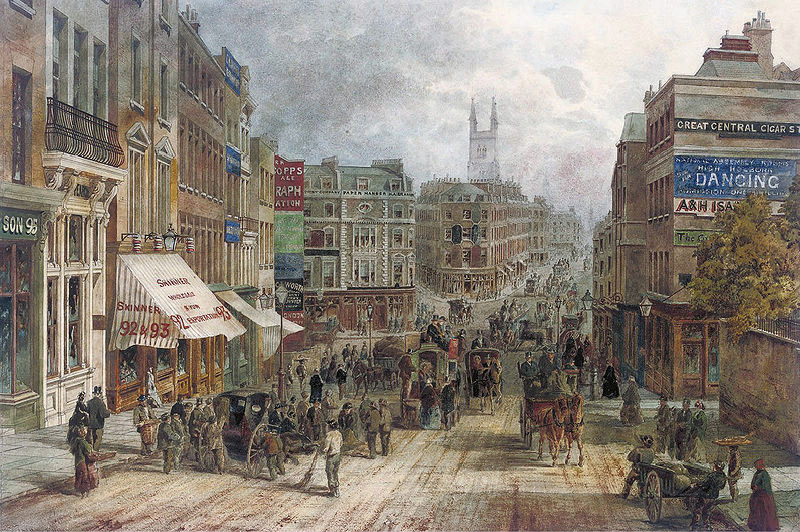
Snow Hill, Holburn, London (Anonymous).
Queen Victoria
The last seventy years of the 19th century were named for the long-reigning Queen Victoria . The beginning of the Victorian Era may be rounded off to 1830 although many scholars mark the beginning from the passage of the first Reform Bill in 1832 or Victoria’s accession to the throne in 1837.
Victoria was only eighteen when her uncle William IV died and, having no surviving legitimate children, left the crown to his niece.
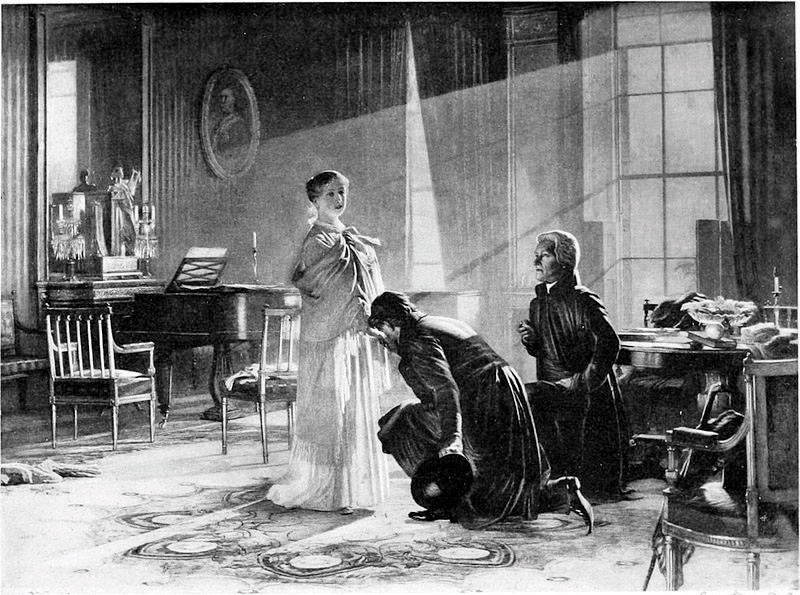
Victoria receives the news that she is Queen. Engraved by Emery Walker (1851–1933), from the picture by Henry Tanworth Wells (1828–1903) at Buckingham Palace.
Although by the 19th century Britain was a constitutional monarchy and the queen held little governing power, Victoria set the moral and political tone of her century. She became a symbol of decency, decorum, and duty.
Three years into her reign, Victoria married Albert of Saxe-Coburg-Gotha, a region in what is now Germany. Prince Albert (given the title “Prince” by Victoria), although he had no actual power in the government, became one of Victoria’s chief advisors and a proponent of technological development in Britain. Together the couple had nine children who married into many of Europe’s royal and noble families. Victoria and Albert were considered the model of morality and respectable family life.
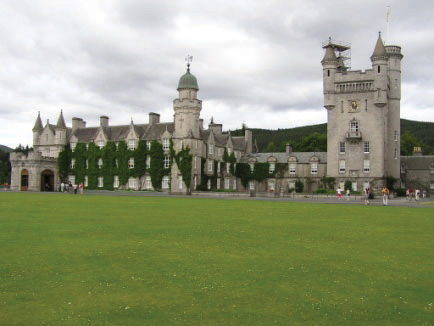
Balmoral Castle, the royal residence in Scotland.
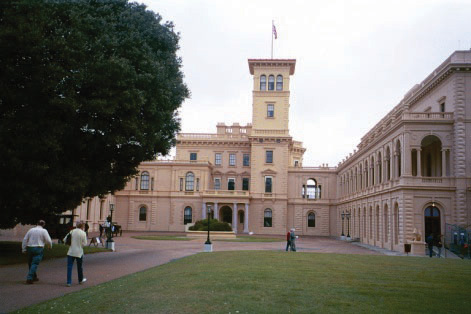
Osborne House, the royal residence on the Isle of Wight.
When Prince Albert died in 1861, Victoria retired from public view, spending time in her Balmoral Castle in Scotland or Osborne House on the Isle of Wight. Public opinion of the queen waned as years passed without her resuming her official duties. Even when she conceded to her advisors’ urging to return to London and to honor her public obligations, she continued to wear mourning until her own death. She also commissioned many public memorials to Prince Albert, including the Albert Memorial in Hyde Park (near the original location of the Crystal Palace), Royal Albert Hall, and the Victoria & Albert Museum.
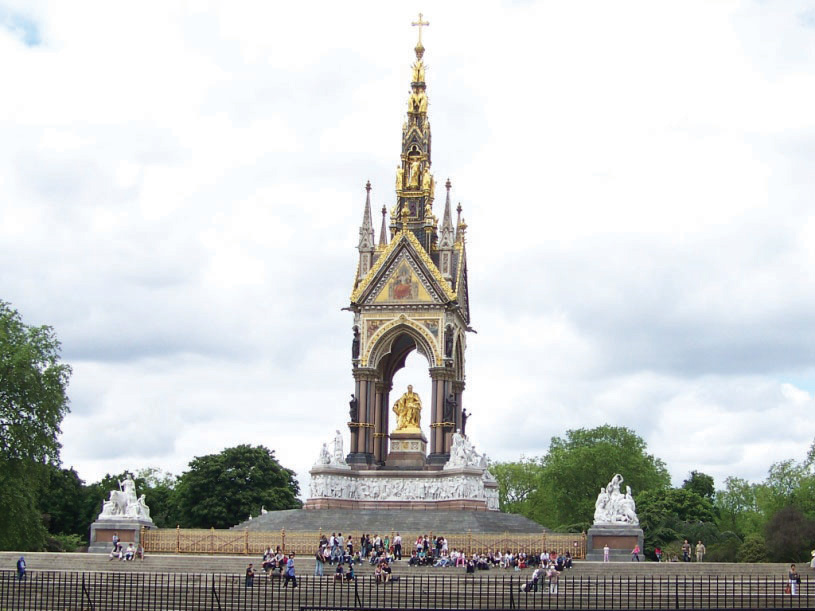
The Albert Memorial, Hyde Park, London.

Royal Albert Hall, London.
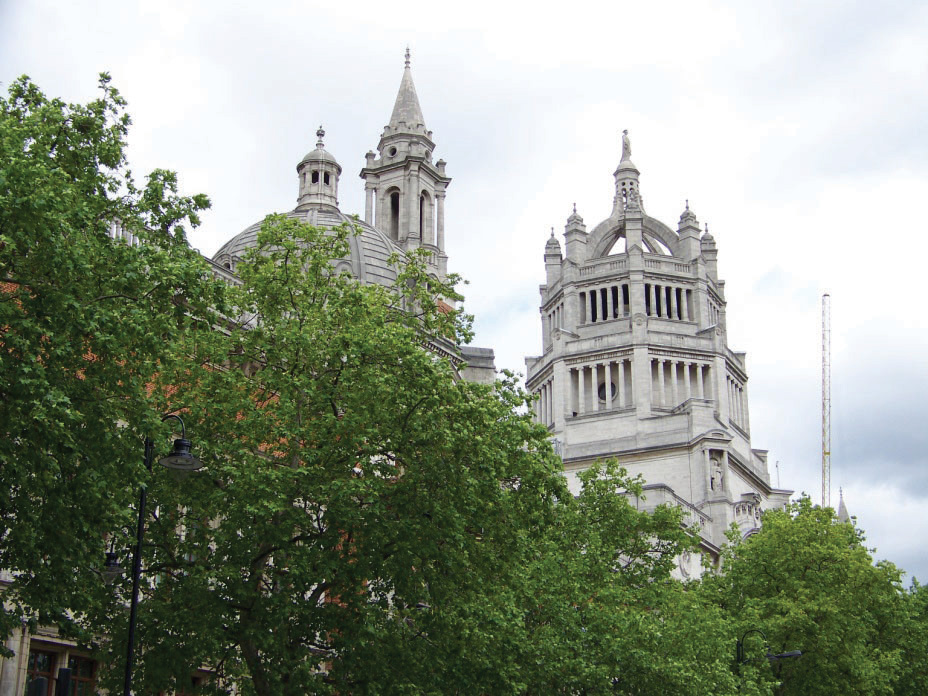
The ornamental dome on the Victoria & Albert Museum was modeled after Queen Victoria’s favorite crown, visible in the portrait below, now on display with the Crown Jewels at the Tower of London.
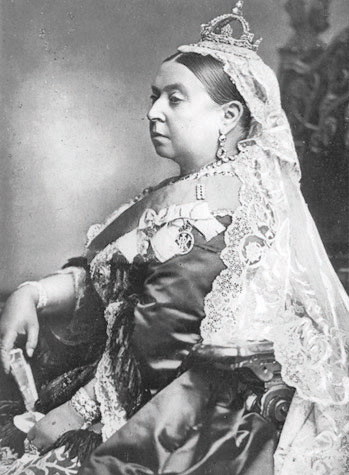
Photograph by Alexander Bassano 1829–1913.
Queen Victoria reigned as Queen of the United Kingdom and Empress of India until her death in 1901.
Victorian Conflicts
The Victorian Era was, in many ways, paradoxically “the best times” and “the worst of times.”
Conflicts of Morality
Queen Victoria embodied ideals of virtue, modesty, and honor. In fact, the term Victorian has in the past been almost a synonym for prim, prudish behavior. At the same time, London and other British cities had countless gaming halls which provided venues not just for gambling but also opium dens and prostitution . With the influx of population into the cities, desperate working class women turned to prostitution in attempts to support themselves and their children. Historian Judity Walkowitz reports that 19th century cities had 1 prostitute for every 12 adult males ( quoted in “The Great Social Evil”: Victorian Prostitution by Prof. Christine Roth). Because of rampant sexually transmitted diseases among the British military, Parliament passed a series of Contagious Diseases Acts in the 1860s. These acts allowed police to detain any woman suspected of having a sexually transmitted disease and to force her to submit to exams that were considered humiliating for women at that time. Police needed little basis for such suspicions, often simply that a woman was poor.
Thomas Hardy’s poem “ The Ruined Maid ” reveals one reason many women turned to prostitution ( ruined is a Victorian euphemism for an unmarried woman who has lost her virginity): in the poem, two young women converse. One woman, Melia, has left the farm to become a prostitute. When she meets a former friend, the contrast between the two women is pronounced: Melia is wearing fine clothes and is well fed and well cared for. The virtuous young woman, doing honest work on the farm, is wearing rags, digging potatoes by hand for subsistence, and suffering poor health. Hardy forces his readers to question what kind of society would reward prostitution while leaving the virtuous woman in abject poverty.
Conflicts of Technology and Industry
As an advocate of Victorian progress in science and industry, Prince Albert commissioned the Great Exhibition of 1851 , a type of world’s fair where all the countries in the British Empire had displays and Britain could show off its prosperity to the rest of the world. Albert had the Crystal Palace , a huge, modern building of glass and iron, built in Hyde Park to house the exhibition. After the Great Exhibition ended, the building was dismantled and moved and in its new location was destroyed by fire in 1936.
Video Clip 1
The Albert Memorial Symbol of the Victorian Age
(click to see video)
View a video lecture about the Albert Memorial.
The Albert Memorial commemorated all the same things the Great Exhibition vaunted. The four arms extending from the main statue represent four continents on which the British Empire had holdings: Europe, Asia, Africa, and the Americas—the sun literally never set on the British Empire. The figures on the frieze are great painters, poets, sculptors, musicians, and architects, representatives of the world’s accomplishments which culminated in the British Victorian culture. The mosaics on the canopy represent manufacturing, commerce, agriculture, and engineering—the foundations of British prosperity. And, of course, in the center, is the gilded figure of Albert himself.
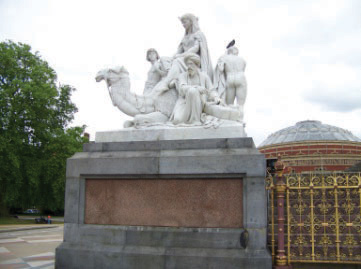
Arm representing Africa.
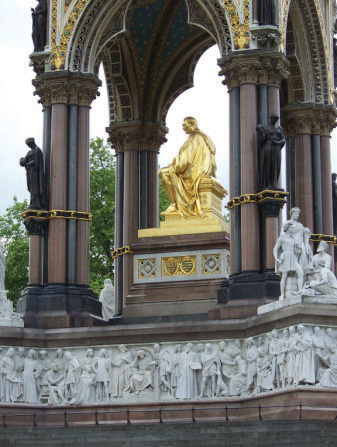
The Great Exhibition of 1851 held in the Crystal Palace, Hyde Park, London. Source: Exterior: from Dickinson's Comprehensive Pictures of the Great Exhibition of 1851, 1854 interior: William Simpson (lithographer), Ackermann & Co. (publisher), 1851, V&A.
Prince Albert’s Great Exhibition of 1851 focused attention on the technological advances made during the Industrial Revolution. Although achievements such as the building of the railroad system and the implementation of mechanized factories produced great prosperity for some, others suffered . Even before the Victorian Era, writers drew attention to these problems. Wordsworth’s “Michael,” for example, portrays a man whose family had made their living from their land for many generations. With the advent of machines to weave woolen cloth, their livelihood, their way of life, was lost. Blake’s “Chimney Sweeper” poems illustrate how children suffered in the industrial age.
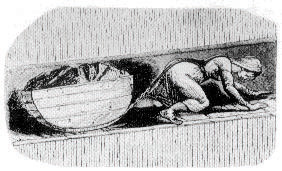
A girl pulling a coal tub in a mine. Source: Parliamentary Papers 1842.
In addition, working conditions in factories were deplorable. With no safety regulations and no laws limiting either the number of hours people could be required to work or the age of factory workers, some factory owners were willing to sacrifice the well-being of their employees for greater profit. Children as young as five worked in factories and mines. Shelley’s “Men of England” and Barrett Browning’s “The Cry of the Children” are two examples of poems written specifically to address these problems.
The 1833 Factory Act outlawed the employment of people under age eighteen at night, from 8:30 p.m. to 5:30 a.m. and limited the number of hours those under eighteen could work to twelve hours a day. For the first time, textile factory owners were forbidden to employ children under the age of nine. Children under age eleven could not work more than nine hours a day. The 1833 Factory Act also stipulated that children working in factories attend some type of school.
The Mines Act of 1842 prohibited females and boys under ten from working below ground in mines.
While these provisions hardly seem protective according to modern standards, the resulting conditions greatly improved life for many children . Throughout Victoria’s reign, other parliamentary acts continued to alleviate working conditions in the ever-expanding Victorian industrial age.
Conflicts of Faith and Doubt
The scientific and technological advances celebrated at the Great Exhibition of 1851 led to another crisis in Victorian England: a crisis of faith and doubt. During the earlier part of the 19th century, the work of Charles Lyell and other geologists with their discoveries of fossilized remains of animals never seen before led to debates among scientists about the origins of these creatures. Debates about the age of the earth for some called into question the Genesis account of creation. In 1859, Charles Darwin published his On the Origin of Species . Lyell and Darwin were among many who contributed to scientific theories that some saw as contradictory to established religious beliefs.
These scientific issues together with apparent lack of concern for appalling human conditions among the lower classes led some to doubt the presence of a divine being in the world and others to question the value of Christianity. Literature by writers such as Thomas Hardy and Matthew Arnold questions the presence of religious faith in the world.
At the same time, a conviction that Britain had a duty to spread Christianity around the world became one reason, or to some an excuse, for British imperialism.
Conflicts over Imperialism
A desire to expand industrial wealth and to have access to inexpensive raw materials led to the British occupation of countries around the globe. Although the United States and other European countries participated in this type of imperialism , the British Empire was the largest and wealthiest of its time.
Along with their desire for material gain, many British saw the expansion of the British Empire as what Rudyard Kipling referred to as “the white man’s burden,” the responsibility of the British to bring their civilization and their way of life to what many considered inferior cultures. The result of this type of reasoning was often the destruction of local cultures and the oppression of local populations. In addition, a religious zeal to bring British religion to “heathen” peoples resulted in an influx of missionaries with the colonialists.
A backlash of protest against the concept of imperialism further divided a British nation already divided by class, religion, education, and wealth. While many British citizens sincerely desired to share their knowledge and beliefs with less developed nations, others found the movement a convenient excuse to expand their country’s, and their own, power and wealth.
Conflicts over Women’s Rights
“The Queen is most anxious to enlist everyone who can speak or write to join in checking this mad, wicked folly of ‘Woman’s Rights,’ with all its attendant horrors, on which her poor feeble sex is bent, forgetting every sense of womanly feeling and propriety.” Queen Victoria, 1870
quoted in Lytton Strachey’s Queen Victoria)
Ironically, as seen in this passage from a letter written in the royal third person by Queen Victoria, even the Queen opposed women’s rights. Nonetheless, the Victorian Era did see advancement in women’s political rights. The Married Woman’s Property Act of 1870 gave married women the right to own property they earned or acquired by inheritance. The upper classes were, of course, primarily concerned with inheritances. Before the passage of this act, money or property left to a married woman immediately belonged to her husband. By the late 19th century, women had some rights to their children and the right to leave their husbands because of physical abuse.
Education for women also improved. The idea Mary Wollstonecraft expressed in her “A Vindication of the Rights of Woman” in 1792 very gradually, over more than 100 years, became a reality.
The first schools for the lower classes, girls or boys, were Sunday schools organized by churches to teach children basic literacy as well as religious lessons on the only day they were not working full time. Not until the Education Act of 1870 were public schools in all areas of the country provided by law. Even then, attendance was not made compulsory for another ten years and then only for children aged five to ten.
Girls from the lower classes were included in the first public schools; however, girls from the upper classes continued to receive their basic education primarily in the home and in finishing schools for young ladies. Cambridge University and Oxford University established the first colleges for women in the latter half of the 19th century. Women were not allowed to attend the existing colleges for men and were not considered full members of the universities until the 20th century.
Although there was an active woman’s suffrage movement during the Victorian Era, women did not receive the right to vote until the 20th century.
Take the Women’s Rights Quiz on the BBC website to see how much you know about the rights of Victorian women.
The major change in the English language during the 19th century was the introduction of vocabulary to communicate new innovations, inventions, and concepts that resulted from the Industrial Age. Language mirrored class distinctions in both vocabulary and accents. The well educated upper classes were distinguished by their speech. Slang and an entirely differently accented English were the marks of the lower classes.
Forms of Literature
As noted in the Romantic Period introduction, a novel , as defined in the Holman/Harmon Handbook to Literature , is an “extended fictional prose narrative.” The novel was a dominant form in the Victorian Era. Many Victorian novelists—Charles Dickens, William Thackeray, Wilke Collins, George Eliot, Robert Louis Stevenson—wrote serial novels , novels published in installments over a period of time. Serial novels appeared in newspapers or magazines or could be published in independently printed booklets. As larger portions of the population became literate, demand for reading material grew. The inexpensive booklets , each containing a chapter or other small portion of a novel, were affordable entertainment for the middle classes.
As in the Romantic Period, lyric poetry was popular in the Victorian Era. In addition to the lyric, the verse novel , a long narrative poem , such as Barrett Browning’s Aurora Leigh , Tennyson’s Idylls of the King , and Browning’s The Ring and the Book , also was a prevalent form. Browning popularized the dramatic monologue , a form of poetry which presents a speaker in a dramatic situation.
Non-Fiction Prose
The many conflicts of the Victorian Era provided fertile subject matter for non-fiction prose writers such as Matthew Arnold , Thomas Carlyle , John Stuart Mill , John Henry Newman , Walter Pater , and John Ruskin .
Popular forms of entertainment such as the music hall and melodramas flourished during the Victorian Era as entertainment became divided along class lines. Popular music and musical plays, separated from legitimate theater in their own venues, provided leisure-time amusement for the middle classes. Robert Browning wrote closet dramas , plays not actually intended for the stage. Oscar Wilde revived the comedy of manners with plays such as Lady Windermere’s Fan and The Importance of Being Earnest .
Key Takeaways
- Although Queen Victoria symbolized decency, decorum, and duty, Victorian society spanned a wide spectrum of prosperity and poverty, education and ignorance, progress and regression
- Victorian society wrestled with conflicts of morality, technology and industry, faith and doubt, imperialism, and rights of women and ethnic minorities.
- Many Victorian writers addressed both sides of these conflicts in many forms of literature.
- Typical forms of Victorian literature include novels, serialized novels, lyric poetry, verse novels, dramatic monologues, non-fiction prose, and drama.
Victorianism
- “ All Change in the Victorian Age .” Bruce Robinson. Britain’s Industrial Revolution. Victorians. BBC History.
- “ Monuments and Dust: The Culture of Victorian London .” Michael Levenson, University of Virginia; David Trotter, University College London; Anthony Wohl, Vassar College. Institute for Advance Technology in the Humanities, University of Virginia; Department of English University College London; Cambridge University Press.
- “ Movements and Currents in Nineteenth-Century British Thought .” The Victorian Web . George P. Landow, Brown University.
- “ Overview of the Victorian Era .” History in Focus . Anne Shepherd. University of London.
- “ Victorian and Victorianism .” The Victorian Web . George P. Landow, Brown University.
- “ Victorian Britain .” History Trails. BBC.
- “ Victorian England: An Introduction .” Christine Roth, University of Wisconsin, Oshkosh.
- “ The Victorian Period .” Dr. Robert M. Kirschen, University of Nevada, Las Vegas.
- “ Victorians 1837–1901 .” Liza Picard. The British Library.
- “ Victorians 1850–1901 .” The National Archives .
- “ Queen Victoria .” The Victorian Web . David Cody, Hartwick College.
- “ Addiction in the Nineteenth Century .” Dr. Susan Zieger, Stanford University.
- “ The Contagious Diseases Act .” The Victorian Web .
- “ The Great Social Evil”: Victorian Prostitution . Prof. Christine Roth, University of Wisconsin, Oshkosh.
- “ Opium Dens and Opium Usage in Victorian England .” Victorian History . Bruce Rosen, University of Tasmania.
- “ 1832 Reform Act .” Taking Liberties: The Struggle for Britain’s Freedoms and Rights. The British Library.
- “ The 1833 Factory Act [from Statutes of the Realm, 3 & 4 William IV, c. 103] .” The Victorian Web . Dr. Marjie Bloy, National University of Singapore.
- “ 19th Century Poor Law Union and Workhouse Records .” The National Archives . brief explanation of 1834 Poor Law and images.
- “ Child Labor .” The Victorian Web . David Cody, Hartwick College.
- “ Corn Laws .” The Victorian Web . David Cody, Hartwick College.
- “ The Crystal Palace Animation .” The Institute for Advanced Technology in the Humanities. University of Virginia.
- “ The Crystal Palace, or The Great Exhibition of 1851: An Overview .” The Victorian Web .
- “ Great Exhibition .” Treasures. The National Archives .
- “ The Great Exhibition .” History, Periods & Styles Features. The Victoria & Albert Museum.
- “ The Great Exhibition at the Crystal Palace .” Victoria Station .
- “ The Life of the Industrial Worker in Nineteenth-Century England .” The Victorian Web . Laura Del Col, West Virginia University.
- “ The Reform Acts .” The Victorian Web . Glenn Everett, University of Tennessee at Martin.
- “ Testimony Gathered by Ashley’s Mines Commission .” The Victorian Web . Laura Del Col, West Virginia University.
- “ Victorian Science & Religion .” The Victorian Web . Aileen Fyfe, National University of Ireland Galway and John van Wyhe, Cambridge University.
Conflict over Imperialism
- “ The British Empire .” The Victorian Web . David Cody, Hartwick College.
- “ British Empire .” The National Archives .
- “ Kipling’s Imperialism .” The Victorian Web . David Cody, Hartwick College.
- “ The 1870 Education Act .” Living Heritage: Going to School. www.parliament.uk .
- “ Gender Ideology & Separate Spheres .” Gender, Health, Medicine & Sexuality in Victorian England. Victoria & Albert Museum.
- “ Gender Matters .” The Victorian Web .
- “ The National Union of Women’s Suffrage Societies .” The Victorian Web . Helena Wojtczak.
- “‘ The Personal is Political’: Gender in Private & Public Life .” Gender, Health, Medicine & Sexuality in Victorian England. Victoria & Albert Museum.
- “ The Suffragettes in Parliament .” History of Parliament Podcasts. www.parliament.uk .
- “ Suffragists .” Learning: Dreamers and Dissenters. The British Library.
- “ Victorian Britain: A Divided Nation ?” Education. The National Archives .
- “ Women’s Status in Mid 19th-Century England: A Brief Overview .” Helena Wojtczak. Hastings Press.
- “ Women’s Rights Quiz .” Major Events of Victoria’s Reign. Victorians. BBC History.
- “ Women’s Work .” Prof. Pat Hudson, Cardiff University. Daily Life in Victorian Britain. Victorians. BBC History.
Victorian Language
- “ The Development of the English Language Following the Industrial Revolution .” The Victorian Web . Jessica Courtney, University of Brighton (UK).
- “ The 19th Century Novel .” Novels . Dr. Agatha Taormina, Extended Learning Institute of Northern Virginia Community College.
- “ Gerard Manley Hopkins and the Difficulties of Victorian Poetry .” The Victorian Web . George P. Landow, Brown University.
- “ Justifying God’s Ways to Man (and Woman): The Victorian Long Poem .” The Victorian Web . George P. Landow. Brown University.
- “ Literary Genre, Mode, and Style .” The Victorian Web .
- “ Nineteenth Century Drama .” Theatre Database .
- “ Progress of Journalism in the Victorian Era .” Bartleby.com . The Growth of Journalism. rpt. from The Cambridge History of English and American Literature in 18 Volumes (1907–21). Vol. XIV. The Victorian Age, Part Two.
- “ Serial Publication .” Prof. Joel J. Brattin, Worcester Polytechnic Institute. Dickens. Life and Career. PBS.org .
- Some Questions to Use in Analyzing Novels . Prof. Stephen C. Behrendt, University of Nebraska, Lincoln.
- “ Studies of Victorian Literature .” Dr. John P. Farrell, University of Texas at Austin.
- “ Victorian Literature and Culture .” Prof. James Buzard. MIT Open Courseware .
- “ Victorian Serial Novels .” Digital Collections. University of Victoria Libraries.
- “ Victorian Women Writers Project .” University of Indiana Digital Library Project.
- “ Why Read the Serial Versions of Victorian Novels? ” The Victorian Web . Philip V. Allingham, Lakehead University.
- “ The Albert Memorial: Symbol of the Victorian Age .” Dr. Carol Lowe, McLennan Community College.
- “ The Great Exhibition .” Victorians. The British Library.
- “ The Rise of Technology and Industry .” Learning: Victorians. The British Library. images, slide shows, video, podcasts featuring all types of industry and technological advances in daily life, such as cooking and bathrooms.
- “ A Visitor’s Guide to the Great Exhibition, from ‘The Illustrated Exhibitor .’” The Great Exhibition. Victorians. The British Library.
When did attending school become mandatory?
It wasn't until 1880 that schooling became mandatory. All children had to attend a school until they were 10 years old. In 1889 , the school leaving age was raised to twelve, and in 1891 , the school's pence fee was abolished and schools became free.
What were the schools like?
There could be as many as 70 or 80 pupils in one class, especially in cities. The teachers were very strict. Children were often taught by reading and copying things down, or chanting things till they were perfect.
In many Victorian schools pupil-teachers helped with the teaching. The pupil-teachers were boys and girls of 13 and over. After five years of apprenticeship they could themselves become teachers.
What did the schools teach?
Typical lessons at school included the three Rs - R eading, W R iting and Dictation, and A R ithmetic. In addition to the three Rs which were taught most of the day, once a week the children learned geography, history and singing. The girls learned how to sew.
Schools did not teach music or PE in the way that schools do now. Children sometimes did 'drill' in the classroom. Drill was a series of exercises that were done by the side of a desk.
For maths lessons, children used frames with coloured wooden beads, much like an abacus. Children learned how to multiply and divide using this apparatus.
What was a Victorian school day like?
The day usually began with prayers and religious instruction. Morning lessons ran from 9a.m. to 12p.m. Children often went home for a meal, then returned for afternoon classes from 2p.m. to 5p.m.
Why did Victorian children write on slates?
Paper was expensive. Children usually therefore wrote on slates with slate pencils. After a lesson was completed, and the teacher checked their work, the students cleared their slates for the next lesson.
Did Victorian children use pens?
Older children learnt to write on paper. An 'ink monitor' distributed ink to the children, who used pens made out of thin wooden sticks with steel needles. The pen had to be dipped every few words or it would run dry.
Other websites
School Life In The 1800s . Web Quest
What were Dame Schools?
©Copyright Mandy Barrow 2013 primaryhomeworkhelp.com
Follow me on Twitter @mbarrow
Victorian Children
Victorian Children and Life in Victorian Times
Victorian Schools Facts for Children
Although schools have always been around it wasn’t until the Victorian era that these were improved considerably and available for all children rich and poor. In 1870 a law was passed which made it mandatory for all children aged between 5-10 in Britain to attend school. This was similar to the system we use today of Monday-Friday however the leaving age was far lower.
The leaving age was then increased to 11 in 1893 however parents and employers of working children still prevented some of them from going to school as they were making money in the workplace and this is what they wanted.
Who Went To School?
When Queen Victoria initially came to the throne schools were for the rich. Children of the wealthy would go to fee paying schools where they would learn classical subjects such as Latin and Greek, study classical history such as Greek mythology and classical literature about Roman Gods and Goddesses .
Most children never went to school and struggled to read or write. Children from rich families were typically taught at home by a governess until the age of 10 years old. Wealthy boys from the age of 10 would then go to Public schools such as Rugby. Girls on the other hand continued to be educated at home.
The poor were initially introduced to school thanks to the ‘Sunday school’ introduction by Robert Raikes with about 1,250,000 children gaining an education with this method by 1831.
This was all turned on its head however in 1870 with the passing of the law and schools began to cater for the rich and poor alike. Various names were given to the schools including the British schools and the Ragged schools; the latter getting the name from the poor children attending the school.
An education system had started and what a stark contrast it was to the one we have today.
What Were Victorian Schools like?
Victorian Schools were certainly different to the schools we have of today. Within poor inner city areas there could be anywhere between 70 and 80 pupils in one class!
The schools were imposing buildings with high up windows to prevent children from seeing out of. Furthermore the walls of the schools lacked creativity and were often bare or had merely text for the children to look at.
Village schools typically had smaller classes however the age groups would be varied. It wasn’t uncommon to see a 6-year-old child working in the same classroom as a 10-year-old! Due to the size of the school classrooms it became regimented and adopted a significant amount of repetition. Usually this would consist of the classroom teacher writing on the chalkboard and the children copying this down. Teaching lacked creativity and it was a strict, uncomfortable place for children to begin their life education.
Typical Victorian Teacher:
In Victorian schools there were more female teachers than male ones with women occupying the majority of teaching roles. These women were often very strict and scary. The majority of female teachers were unmarried ladies and they were to be called ‘Miss’ at all times. The reason teaching consisted of mostly ladies was due to the pay scale. The salaries were poor and men could be earning more money elsewhere so this was left to the women. The rationale behind it been mostly unmarried women was that once married the women was expected to take care of the family.
The large majority of teachers did not have a college education. The role of teaching was something they picked up while on the job and every new lesson would be a challenge for them too.
The teaching was also passed on to some of the brightest children in some schools known as ‘Monitors’ where they would be taught by the Headmaster and would then pass this onto small groups of children as another way of educating. The Victorian teaching system was much different to the one we have today.
Victorian Punishment on Children in School:
Discipline was huge in the Victorian times and this was no different in schools. It wasn’t uncommon for children to be beat by canes made from birch wood. Boys were typically caned on their backsides whereas Girls would take the punishment on their legs or hands.
The reasons ranged from truancy right through to laziness in the classroom. The punishments were usually harsh and painful for children aged jus between 5-10.
Children who were slower than the rest within lessons were made to wear the shameful dunce hats and sit in the corner for over an hour. This was not only humiliating for the child but also not helping them get up to speed with the rest of the class. At the time there was no concept of children with learning difficulties and the uneducated classroom teachers would assume it was purely down to the laziness or lack of effort.
Amazingly children were reprimanded for using their left hand to write! This was seen as a punishable offence and they were made write with their right hand!
In terms of lessons they were basic but focused on the 3 R’s of Reading, wRiting & aRtmetic (Maths) with the introduction of religion to make this the not so fantastic four. The intial three were seen as the most important areas of education at the time and a vast majority of school time involved the learning of these.
The lessons were very different to lessons of today and usually involved copying down what the teacher wrote on the chalkboard. Furthermore children were expected to chant things out loud until they did so without mistakes. The times tables were commonly done in this way and children were expected to do this without any mistakes.
The importance of developing a fine hand in writing was high and alongside numbers this was seen as a crucial part of education.
School Hours:
The school days in Victorian times were structured slightly different to those of today. With the morning introduction session consisting of prayers and religious instructions. This was commonly followed by morning lessons running from 9am until 12pm. Following this was a lunch period when children usually went home. Similar to fathers who went home from work within the Victorian period the children would do the same.
Afternoon classes began at approximately 2pm and finished at 5pm. The school day in Victorian times was in the mould of the modern day 9-5pm. Children of a very young age were expected to maintain their best attention at all times and adhere to the rules of the school.
School Equipment:
Unlike today school equipment was very different in Victorian times. The most famous equipment from these times was how children were expected to write on slate instead of paper. The reason for this was simple; it was cost effective!
Paper was expensive so children used slates with slate pencils to complete their work. The letters were scratched into the slate with the pencil. This could be easily removed and usually was at the end of each lesson. It was standard procedure for the teacher to walk around the classroom checking the work of the pupils.
Once this was checked off they cleared their slate for the next lesson. No work was saved and children were expected to memorise the information they had taken in.
Before using slate boards the youngest children would practice writing letters in sand trays. This was a common activity for those in the 5-6 years old age bracket before they were ready to hold a slate pencil and write on a slate board.
For the teachers the most important equipment was the chalkboard and easel. The mainstay of any lesson was for children to copy information from the chalkboard onto slate board. The older children would begin to write in a book using a dip pen with black ink from an inkwell. There was a designated ‘Ink monitor’ whose job was to fill the inkwells each and every morning.
Victorians used a device called an Abacus for arithmetic which was their version of the modern day calculator. This enabled the children to conduct sums quickly and effectively.
Although Victorian schools are different in many ways to today’s classrooms some of the methods used help shape our education system today. Victorian schools are still used throughout Britain and remain an important part of history.
https://www.victorianschool.co.uk/schoolday.php https://www.primaryhomeworkhelp.co.uk/victorians/children/schools.htm https://primaryfacts.com/9/facts-about-victorian-schools-and-classrooms/
Link / Cite this Page
<a href="https://victorianchildren.org/victorian-schools/">Victorian Schools Facts for Children</a>
Stewart, Suzy. "Victorian Schools Facts for Children". Victorian Children . Accessed on January 9, 2024. https://victorianchildren.org/victorian-schools/.
Stewart, Suzy. "Victorian Schools Facts for Children". Victorian Children , https://victorianchildren.org/victorian-schools/. Accessed 9 January, 2024.
Homework is an important part of your child's learning.
On this page
Types of homework, how you can help, homework in secondary school, questions or concerns about homework.
Homework gives your child a chance to:
- work through the things they have learnt at school
- strengthen their long-term understanding of the topic or activity
- develop study skills that they will use for the rest of their life.
Homework is also a chance for you to get involved and help your child’s learning.
The type of homework set for your child will depend on:
- the subject
- the school’s homework policy
- their teacher.
These things will also influence the length of the homework and the level of difficulty.
Practice exercises
Practice exercises are things like:
- math problems
- essay writing
- practising words and phrases learnt in another language
- practising sports skills
- playing a musical instrument
- other creative tasks.
Practice exercises give your child the chance to:
- apply new knowledge
- understand and go over what they have learnt in school.
Homework that introduces a subject or topic
This type of homework gives your child the chance to learn about a topic before their teacher covers it. This helps your child prepare and understand future lessons.
Examples of this type of homework include:
- reading about history
- reading English texts so that the class can talk about them together
- researching topics for class work
- collecting newspaper articles
- watching the news.
Homework that builds on what they already know
This type of homework is sometimes called extension work or extension assignments.
This type of work helps your child to build on what they already know. It also allows them to do this in their own way.
Examples include:
- writing a book review
- making artwork
- completing science experiments or investigations
- researching local news
- finding information on the internet.
There are lots of ways you can help your child with their homework.
Find resources on the home work topic
Use the FUSE website to find teaching materials and resources that can help with homework.
Encourage a homework routine
Help your child to do their homework at the same time everyday.
Some children concentrate better in the mornings. Some are better in the afternoons. Choose a time that works best for your child.
Having a regular homework time will set your child up with good study habits. This will help them throughout school and beyond.
Set up a comfortable space
Your child will find it much easier to do their homework if they have a comfortable space.
This could be a space in their bedroom, in your study or in the family room. If you don't have a space at home you could think about going to a library.
A good homework space:
- is comfortable – not too hot, not too cold and has plenty of fresh air
- has good light – use a good lamp or overhead light if the space is dark
- has all the things they need to do their work: think about stationery, a computer, a printer
- is free from distractions such as the television or computer games.
Think about a study group
Some children study better with others. If you think this would help your child you could start a study group with a few of their friends.
Take turns hosting the group at each house.
Talk to your child about their homework
Don't be afraid to talk to your child about what they are learning.
- what is easy
- what is difficult
- what they find interesting about it
By starting a conversation you will be able to help them plan their homework and suggest resources they can use to help with their work. Encourage them to tackle the difficult work first while they are fresh.
Celebrate their successes and achievements
Attend school events, productions or award ceremonies your child is in. Show them your support.
Your child's homework will become harder and more frequent in secondary school.
You can help your child create a homework timetable so they can keep track of their work. This should be a task you do together.
Use a diary or a calendar and:
- enter the dates and times of your child's non-homework activities, like sport activities, house work, reading time
- get your child to list all their homework tasks for the week and when they are due
- ask your child to estimate how long each task will take to complete
- break up big tasks into small chunks
- colour-code each subject so that your child can see at a glance what they will work on
- allow 10–15 minute breaks for every hour of study
- allow breaks for mealtimes and encourage your child to eat with the rest of the family – this should be away from their desk or workspace.
Talk to your child's teacher or school if you have questions about homework or you believe your child needs extra help.
Updated 11 December 2023

IMAGES
VIDEO
COMMENTS
During Queen Victoria's reign: Britain became the most powerful and richest country in the world, with the largest empire that had ever existed, ruling a quarter of the world's population. Towns and cities got piped water, gas and, by the end of the century, electricity. The number of people living in Britain more than doubled from 16 million ...
Key points. Queen Victoria ruled the United Kingdom from 1837 - 1901. The Victorian period was a period of great social change in England, and of an expanding empire abroad. There were lots of new ...
The Victorian era is named after Queen Victoria, who was queen from 1837-1901. People who lived during the Victorian era are called Victorians. Before the 19th century it used to take people 12 hours to travel between Birmingham and London if they were riding in a horse-drawn coach. Steam trains meant they could make the journey in under six hours!
The Victorians Homework Tasks. Subject: History. Age range: 7-11. Resource type: Worksheet/Activity. File previews. docx, 13.86 KB. Homework tasks designed to last up to 10 weeks. A selection of creative and research activities.
Queen Victoria ruled the United Kingdom of Great Britain and Ireland for more than 63 years. The period of her reign, from 1837 to 1901, became known as the Victorian Age.
By the end of the Victorian era, half of the people living in Britain lived in cities. This meant that cities were crowded and dirty. If you were poor and couldn't afford to live in a very nice place, it was easy to get sick. There was a large outbreak of cholera in London in 1853-1854 that killed 11,000 people.
Queen Victoria was born on the 24th of May 1819 and her coronation took place on the 28 June 1838. She ruled the United Kingdom and oversaw the rise of the British Empire until her death on the 22nd of January 1901. Learners can use this handy Victorian homework grid to try a range of fun learning activities for help with their studies on the ...
Primary Homework Help The Victorians. by Mandy Barrow : Celts. Romans. Saxons. Vikings. Normans. Tudors. Victorians. WW ll. 500 BC . AD 43. 450. 793. 1066. 1485. 1837. 1939 ... How many children did a normal Victorian family have? Families were usually large, in 1870 many families had five or six children.
The Victorian period was a time of tremendous change in the lives of British people. During Queen Victoria's reign: Britain became the most powerful country in the world, with the largest empire that had ever existed, ruling a quarter of the world's population. The number of people living in Britain more than doubled, causing a huge demand for ...
In it, you will find title banners, Victorian-themed lettering for creating your own headings, display borders, topic vocabulary cards, a Victorian timeline banner, posters of important events in the Victorian era and illustrations of Victorian inventions. 2. The Victorians eBook. History Hackers: Victorian Venture eBook.
pdf, 169.06 KB. Victorians KS2 planning and resources. Each lesson plan has every resource needed to teach it: Lesson 1 - Victorian homework project and presentation. Lesson 2 - Victorian changes - social, political. Lesson 3 - Diamond nine on Victorian inventions and social changes. Lesson 4a - Thomas Barnardo.
Victorian art activities (KS2) Key stage 2. Free. The Rosa Diamond mystery - interactive storyboard resource. Key stage 2. Primary. members only. Scholastic Resource Bank contains lots of resources themed around Victorian Britain, including lesson plan ideas, posters, interactive whiteboard resources and activity sheets for KS1 and KS2.
Pupils will learn about the key social, political and cultural changes that occurred during Britain's Victorian period in this National Geographic Kids history primary resource. The teaching resource can be used in study group tasks for discussion about the Victorian era and 19th century Britain, It could be used as a printed handout for each ...
If so, you can save a lot of time with our specific Victorian Britain modules below. View KS3 Module: The Development of the British Empire →. View GCSE Module: Crime and Policing in 19th c. Whitechapel →. View GCSE Module: Britain in Peace & War, 1900-18 →. View A-Level Module: Victorian and Edwardian Britain, c1851-1914 →.
Victoria died on the Isle of Wight on January 22, 1901, but the Victorian Age is considered to have continued until 1914, when Europe was plunged into World War I. ... Improved homework resources designed to support a variety of curriculum subjects and standards. A new, third level of content, designed specially to meet the advanced needs of ...
2 min. Updated: 14th August 2023. There were many important Victorian inventions that we still use today! These included the invention of safe, electric light bulbs, public flushing toilets and the phonograph (which recorded the human voice for the first time). Many of the Victorians inventions still have a big impact on the world today.
The Victorians was a time for railways, Queen Victoria and the establishment of many familiar companies, such as chocolate maker Cadbury and soft drink company Coca Cola. ... Homework Help For Kids is a website that provides information to help you with your piles of homework. We've been doing this since 2013, with this website and an app ...
Queen Victoria was born in London on May 24, 1819. At the age of 18, she became Queen of the United Kingdom. Victoria married Prince Albert in 1840, and together they had nine children. When ...
Queen Victoria. The last seventy years of the 19th century were named for the long-reigning Queen Victoria.The beginning of the Victorian Era may be rounded off to 1830 although many scholars mark the beginning from the passage of the first Reform Bill in 1832 or Victoria's accession to the throne in 1837.. Victoria was only eighteen when her uncle William IV died and, having no surviving ...
Life in Victorian classrooms was drastically different from today's school experience. There was no technology and no 'fun' activities. Teachers were much stricter and children had few if any rights. Your child will find more related activities and fascinating facts about life in Victorian schools in the blog below.
Schools during the Victorian Times. Schools were not free until 1891. Up until then children had to pay to go to school. Queen Victoria's reign brought many improvements to the education of children, especially for the poor children. The Victorians came up with the idea that all children should go to school, and they checked to make sure the ...
Similar to fathers who went home from work within the Victorian period the children would do the same. Afternoon classes began at approximately 2pm and finished at 5pm. The school day in Victorian times was in the mould of the modern day 9-5pm. Children of a very young age were expected to maintain their best attention at all times and adhere ...
Homework gives your child a chance to: work through the things they have learnt at school. strengthen their long-term understanding of the topic or activity. develop study skills that they will use for the rest of their life. Homework is also a chance for you to get involved and help your child's learning.